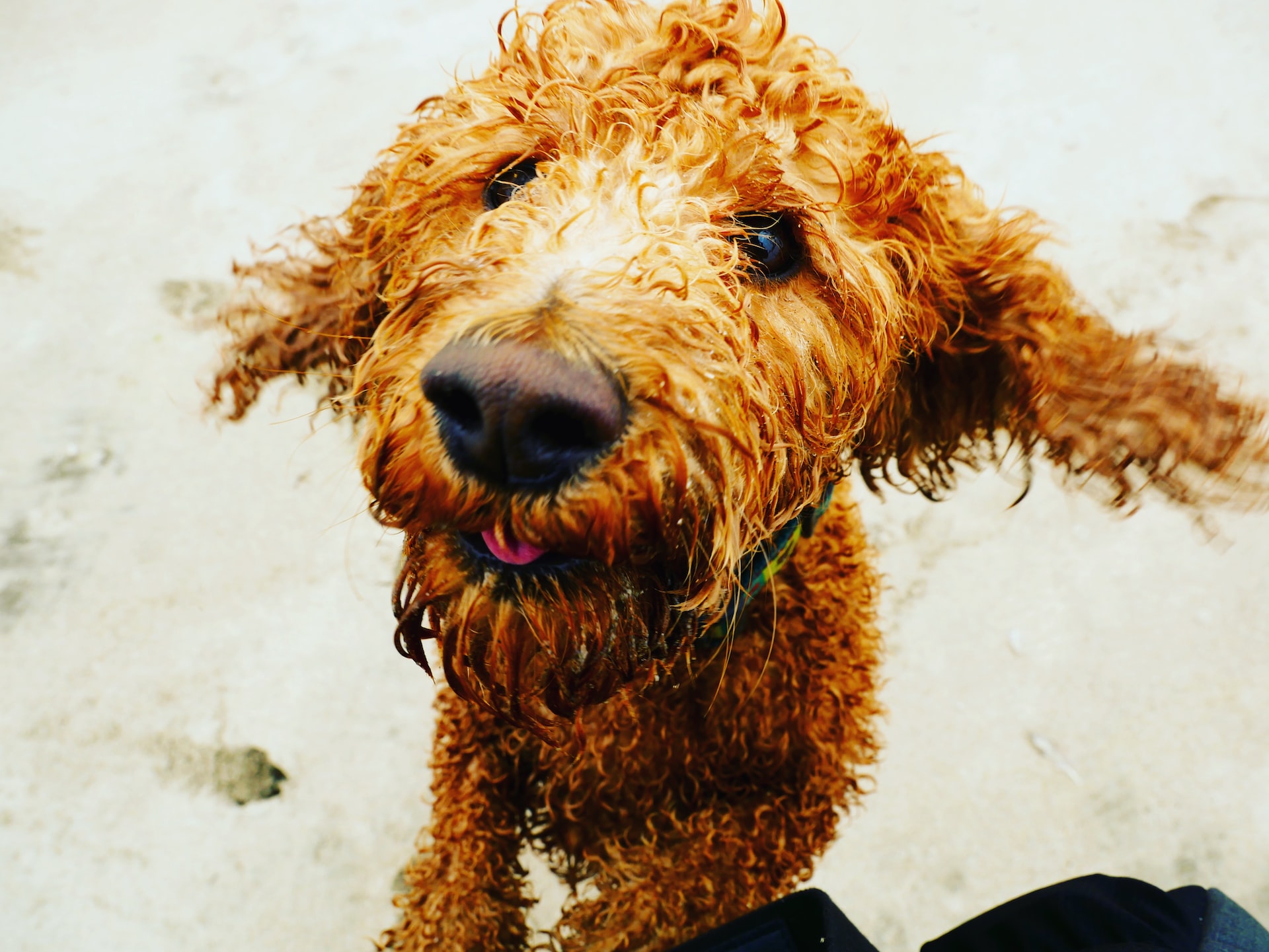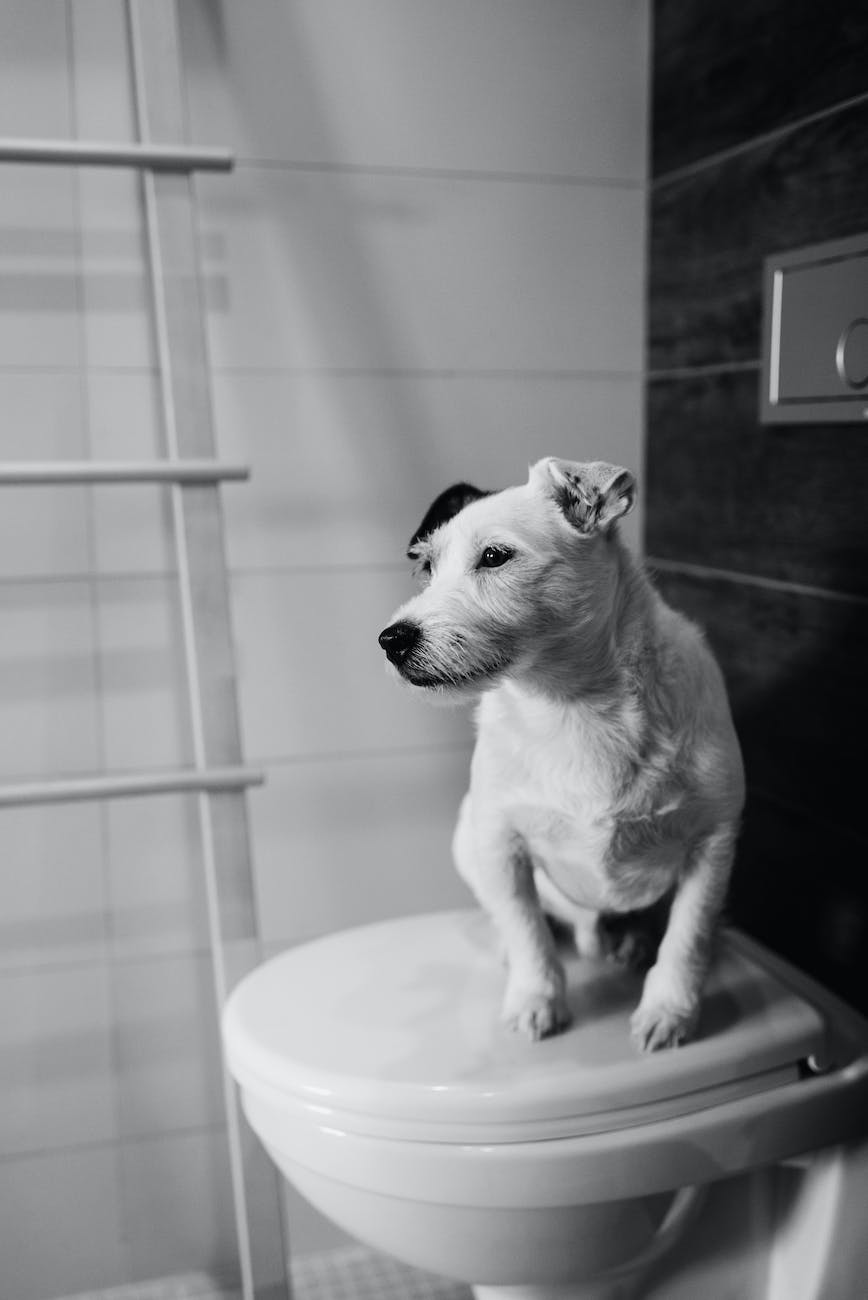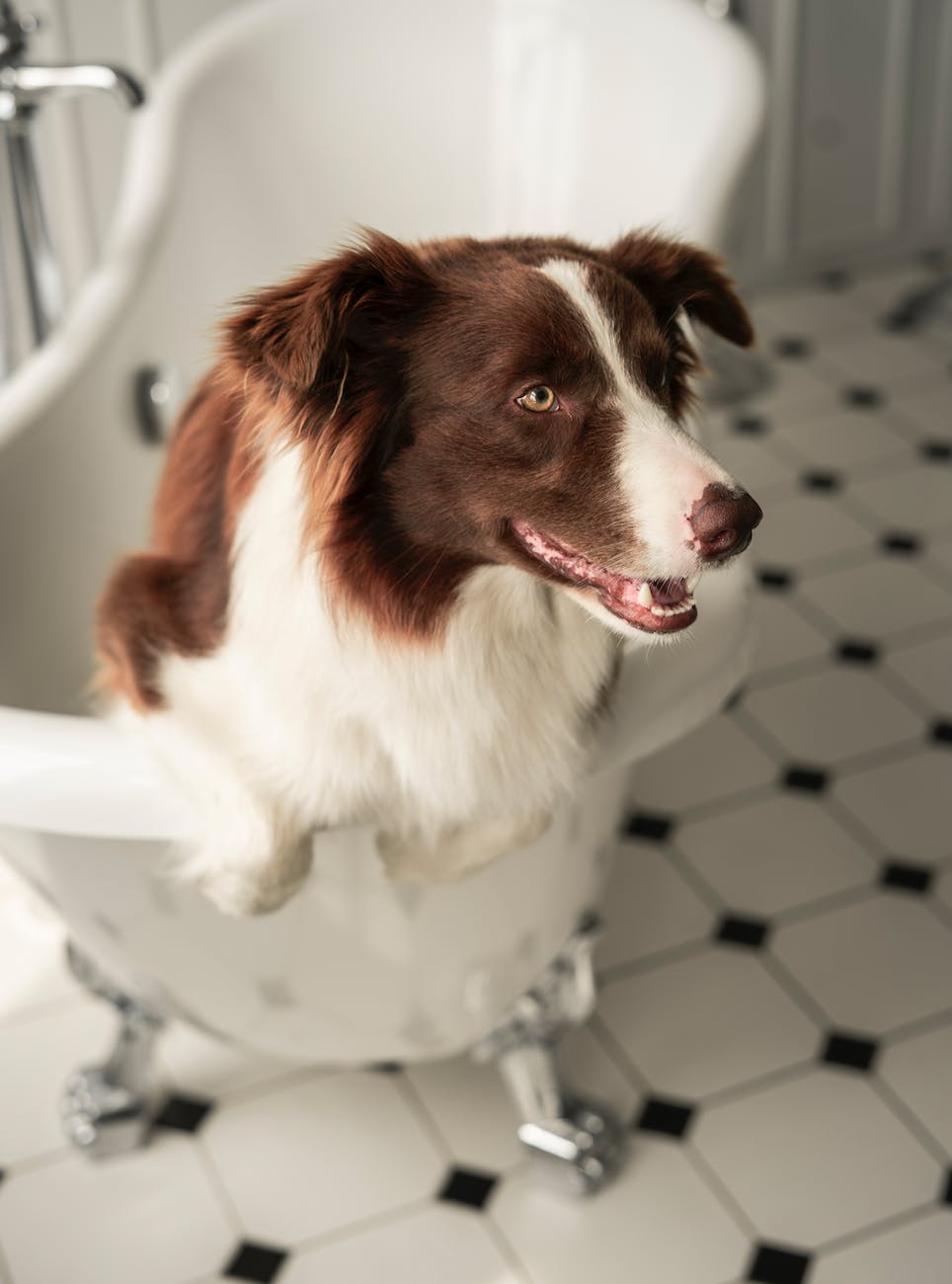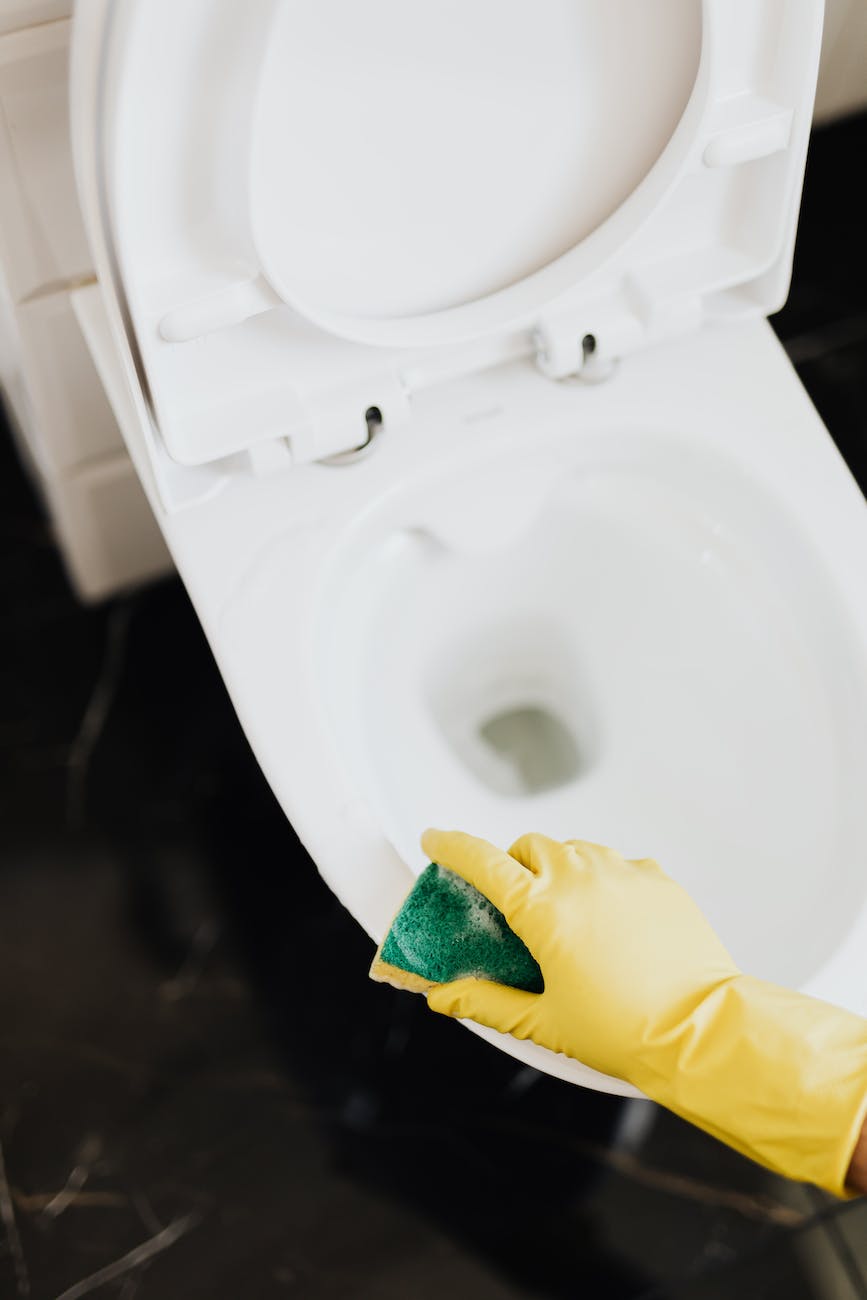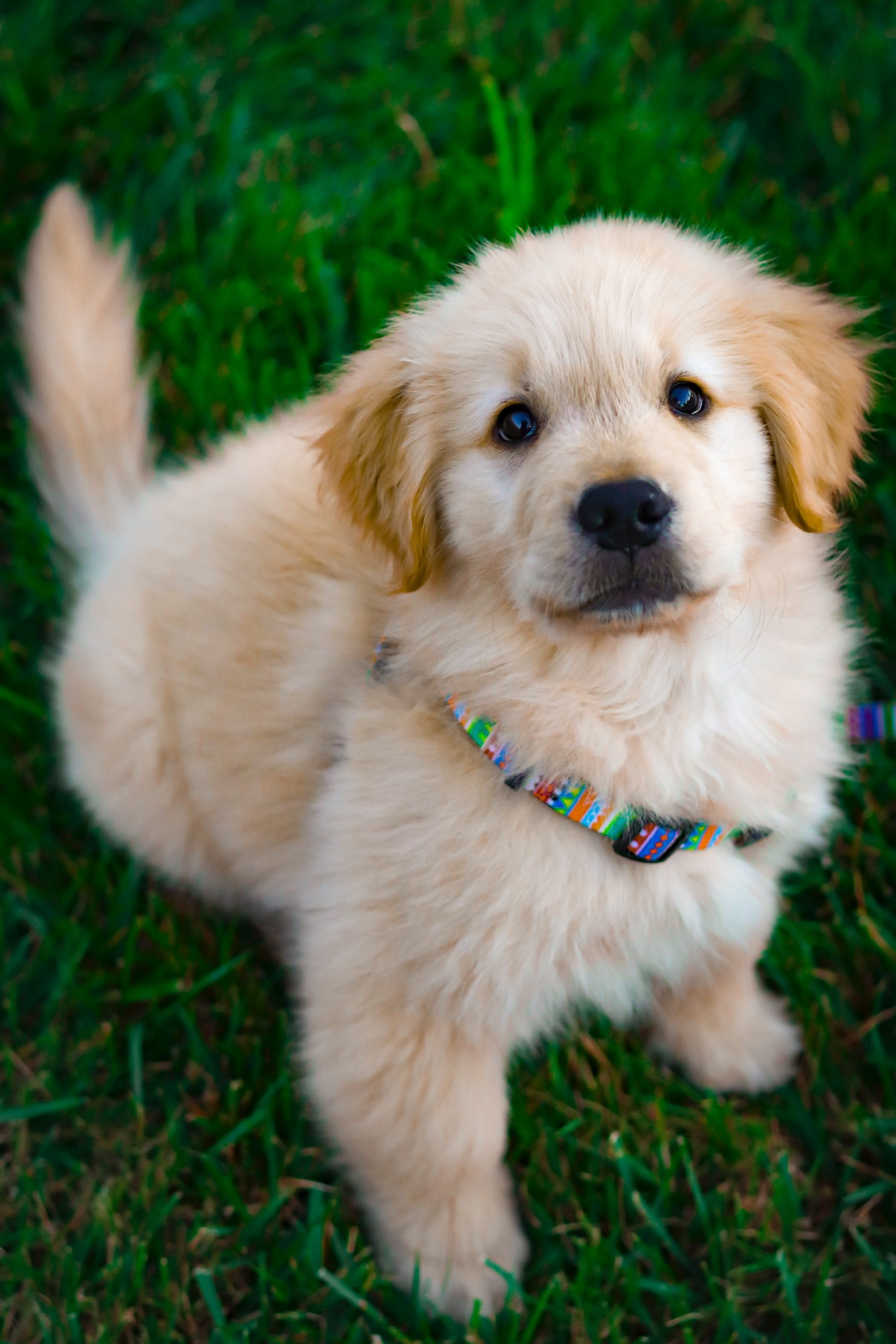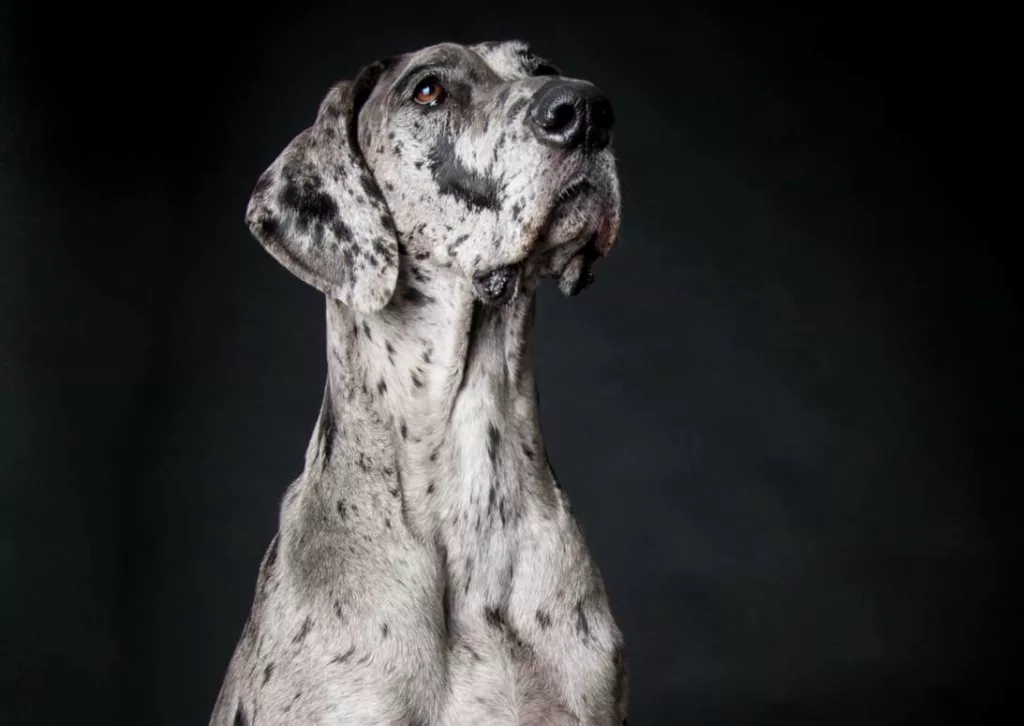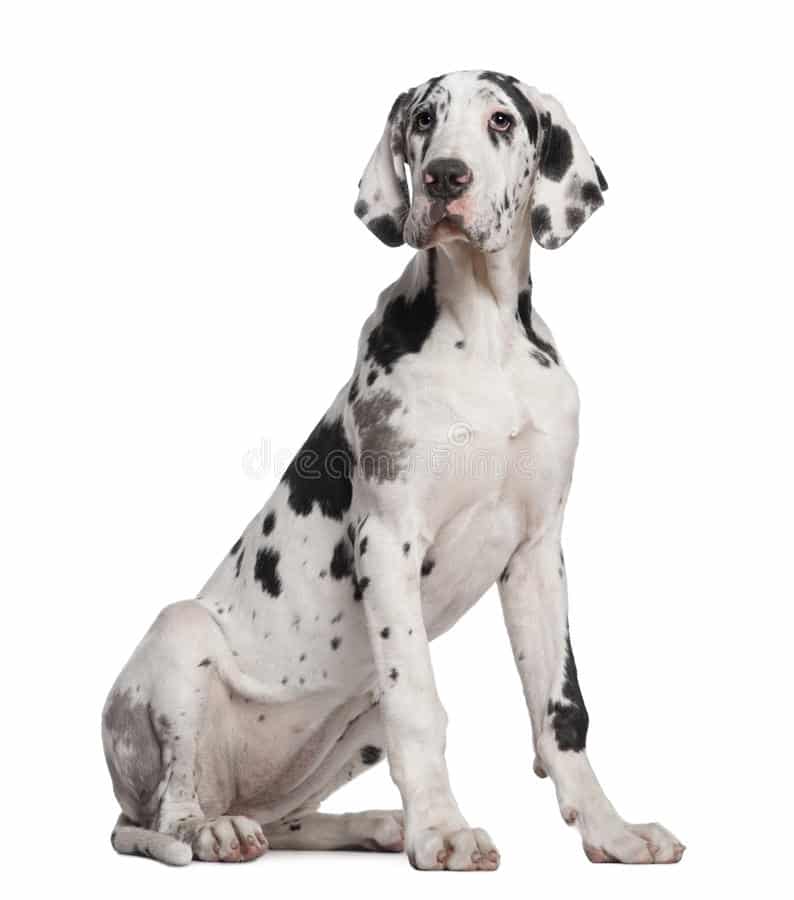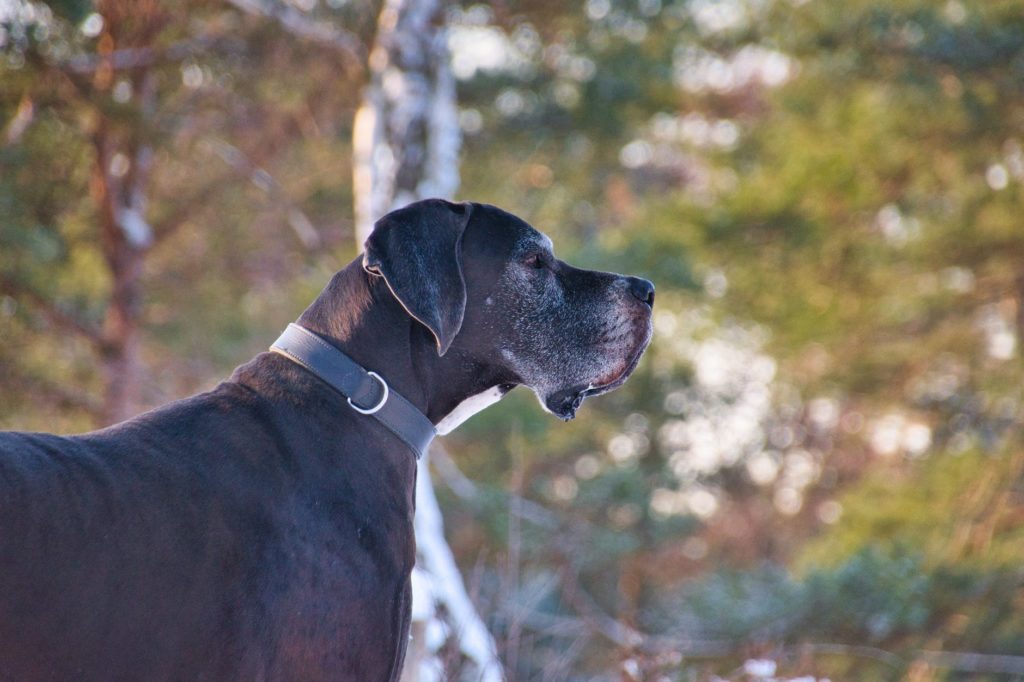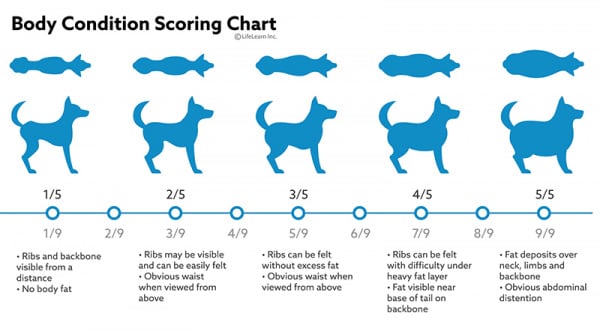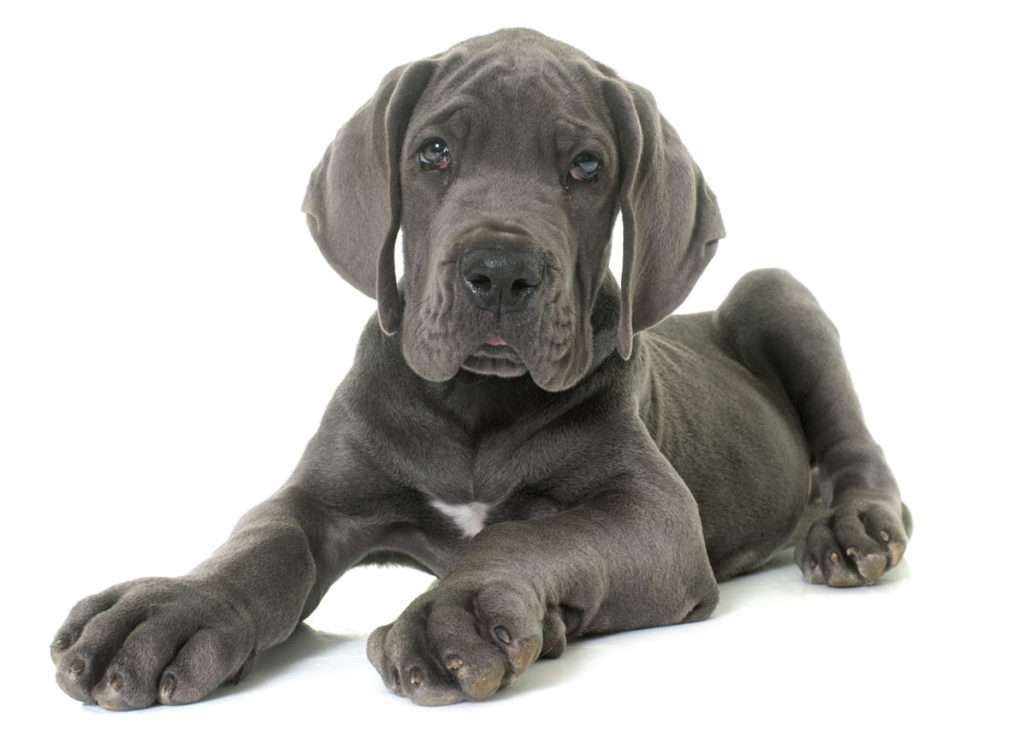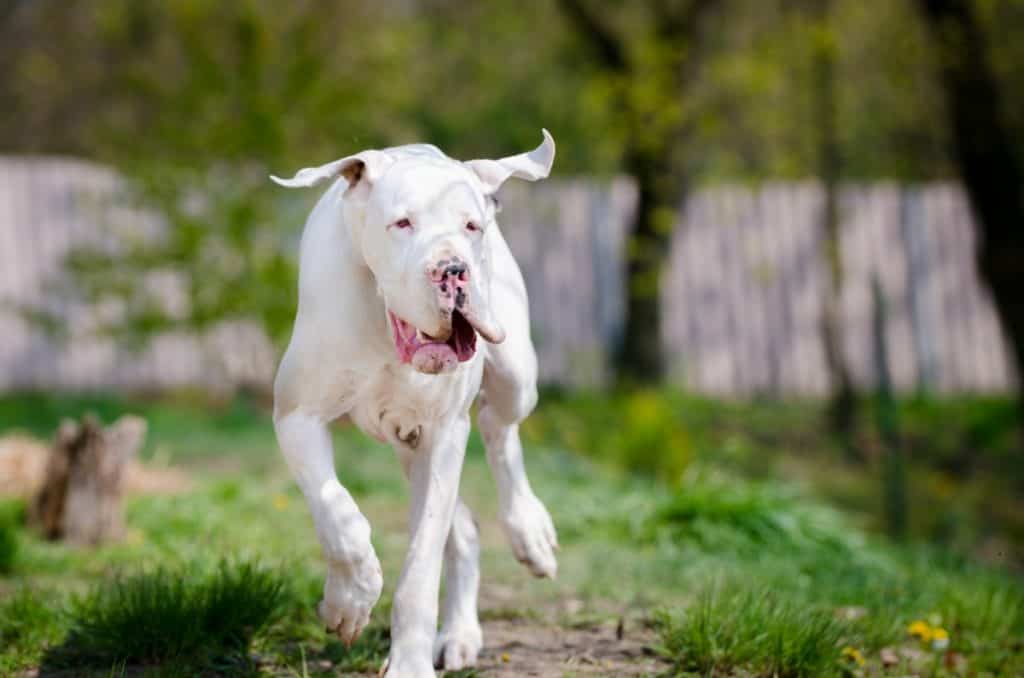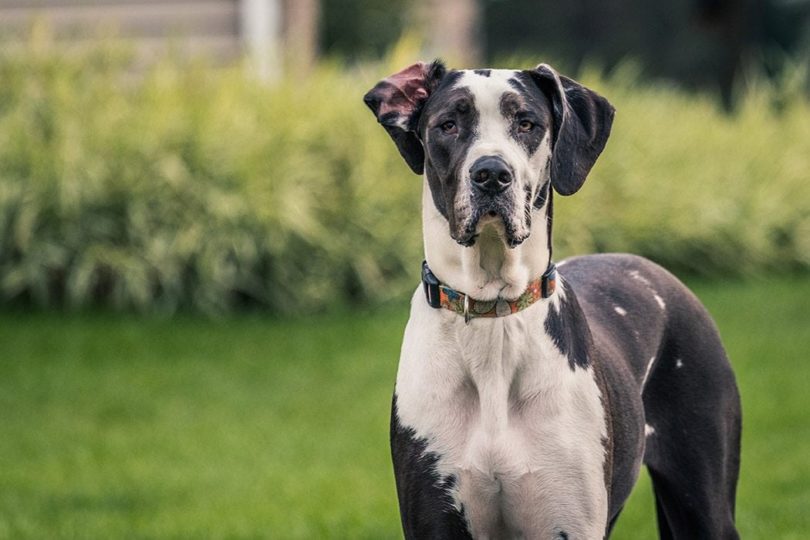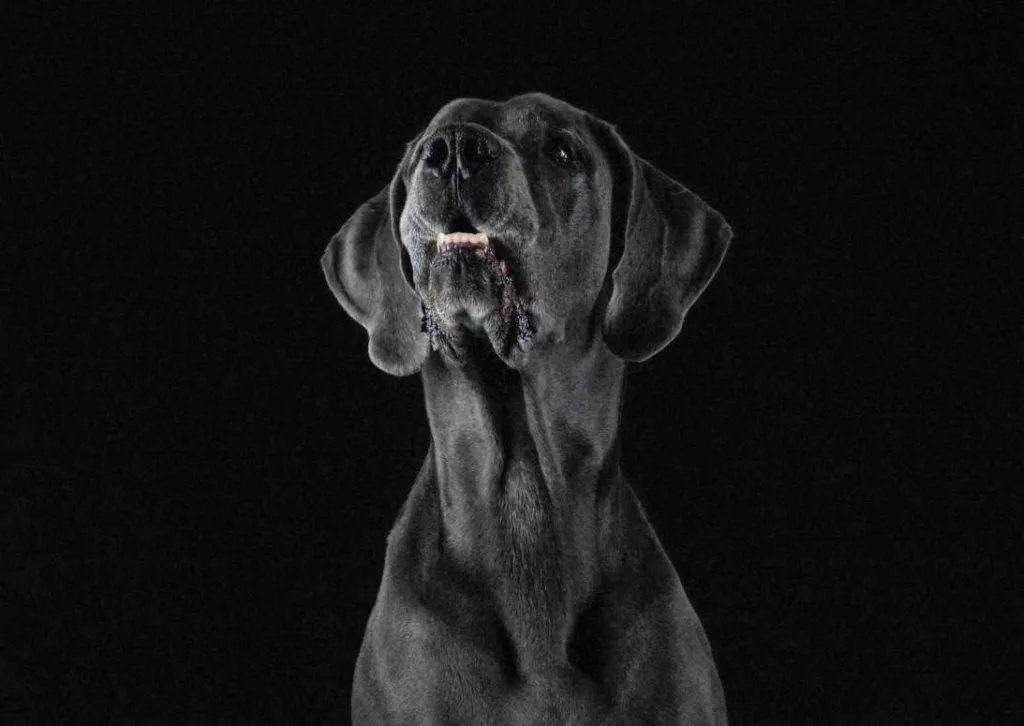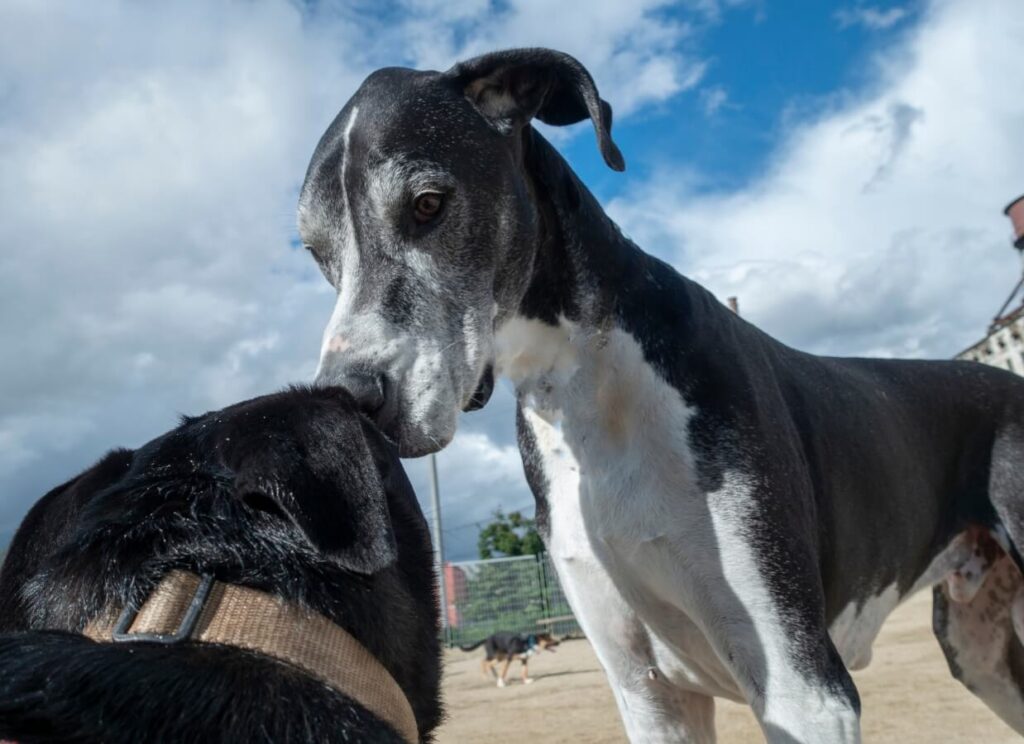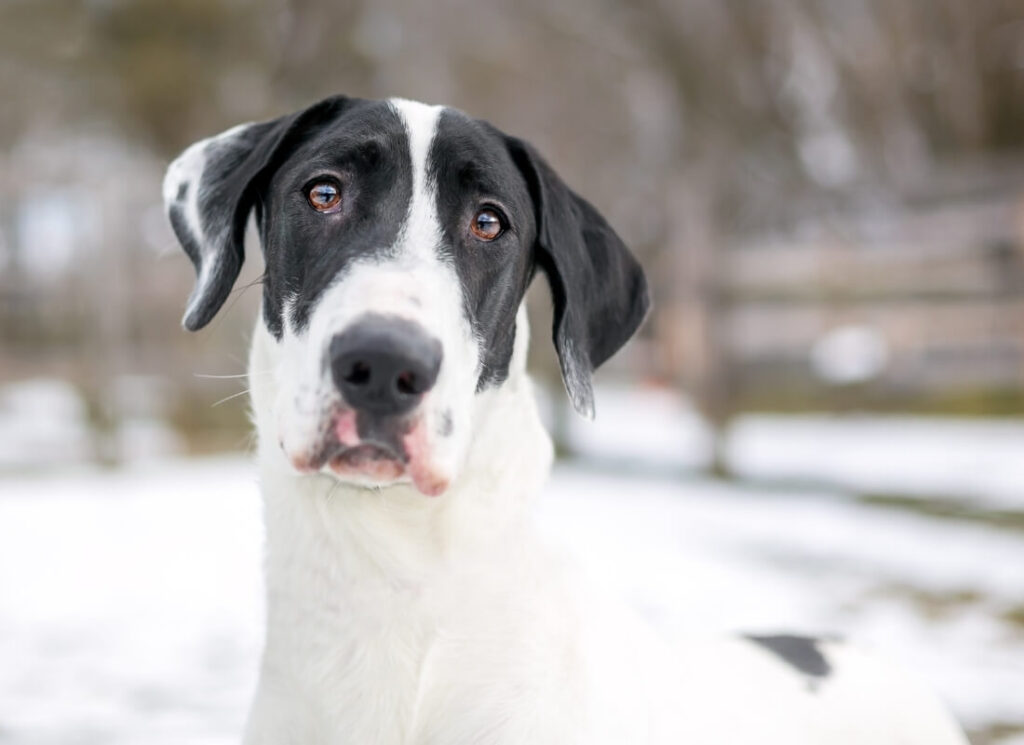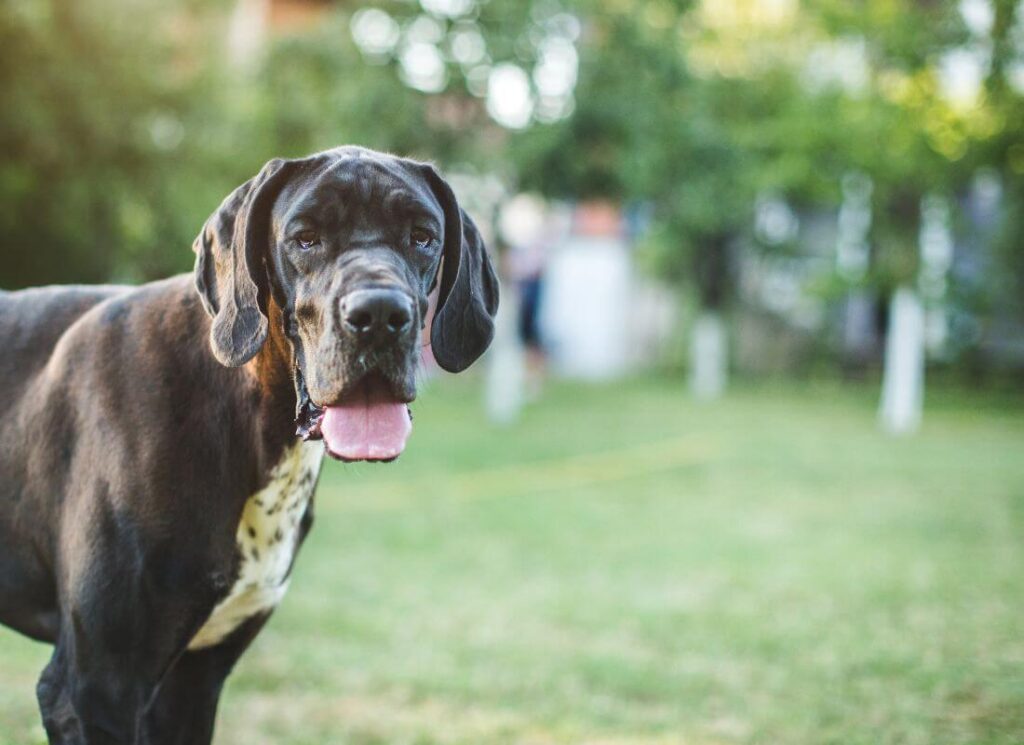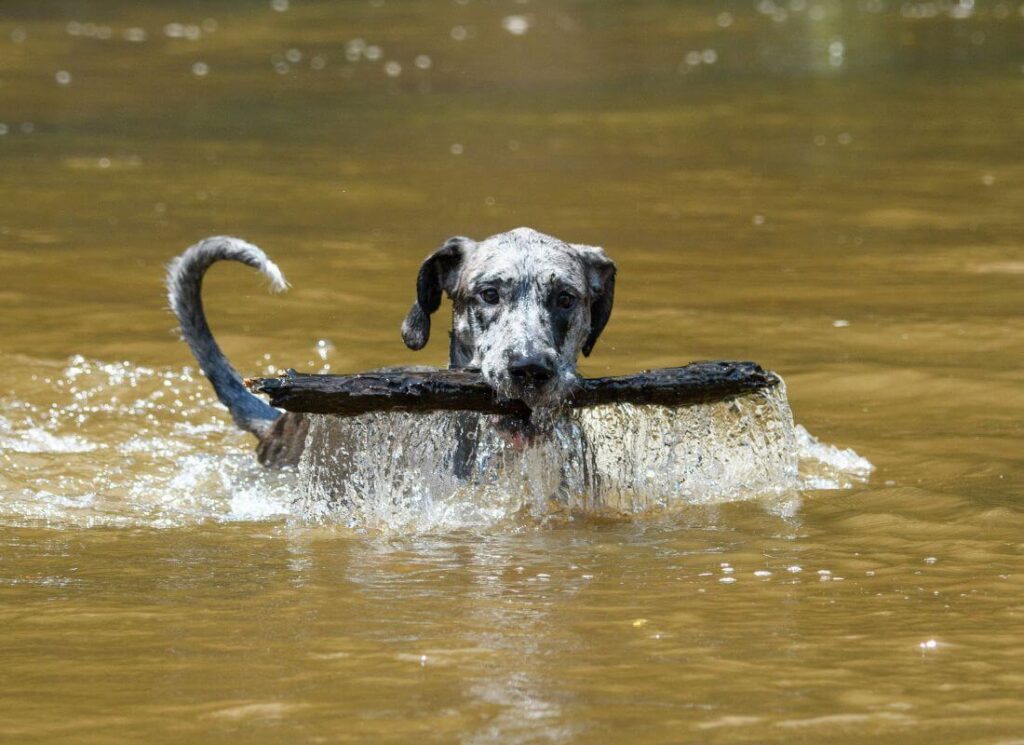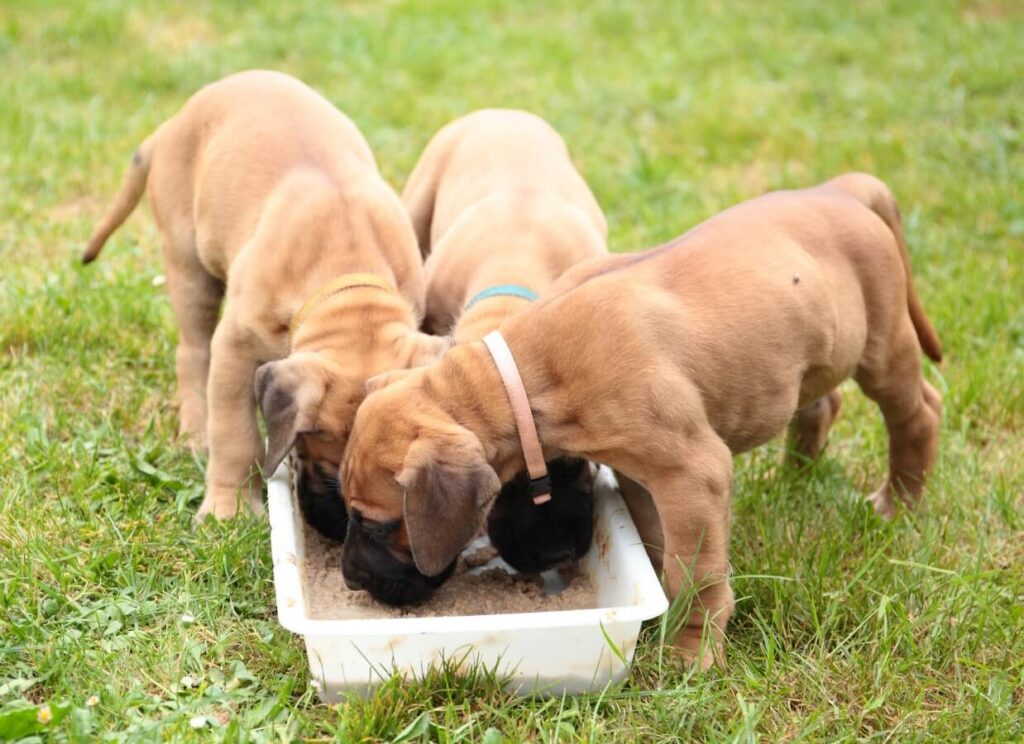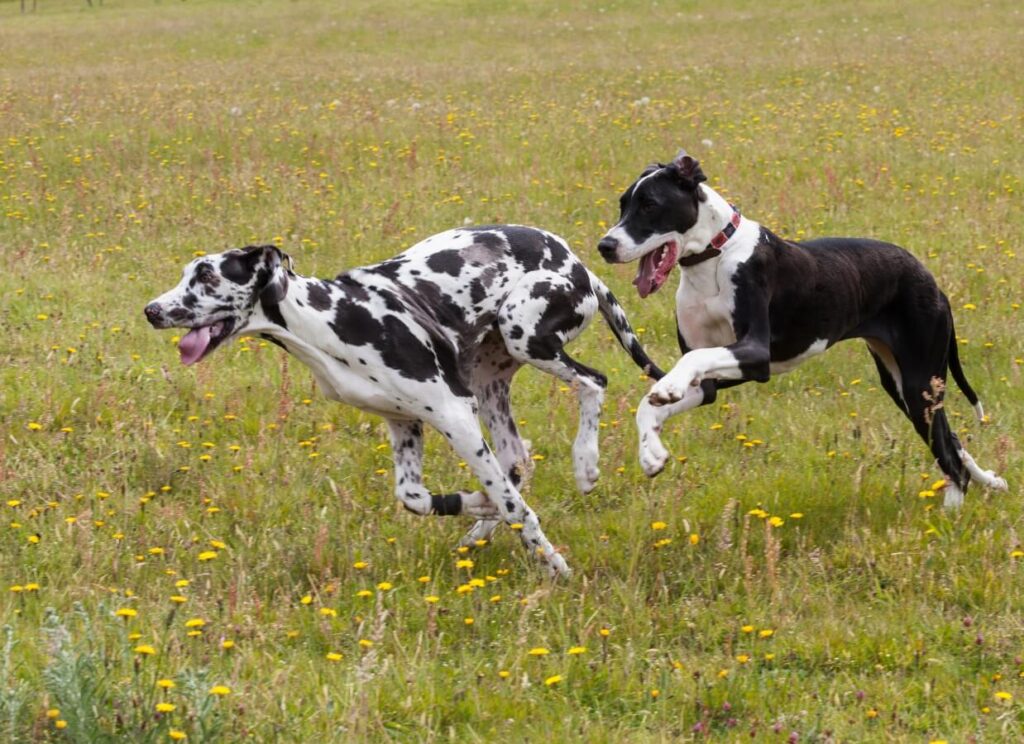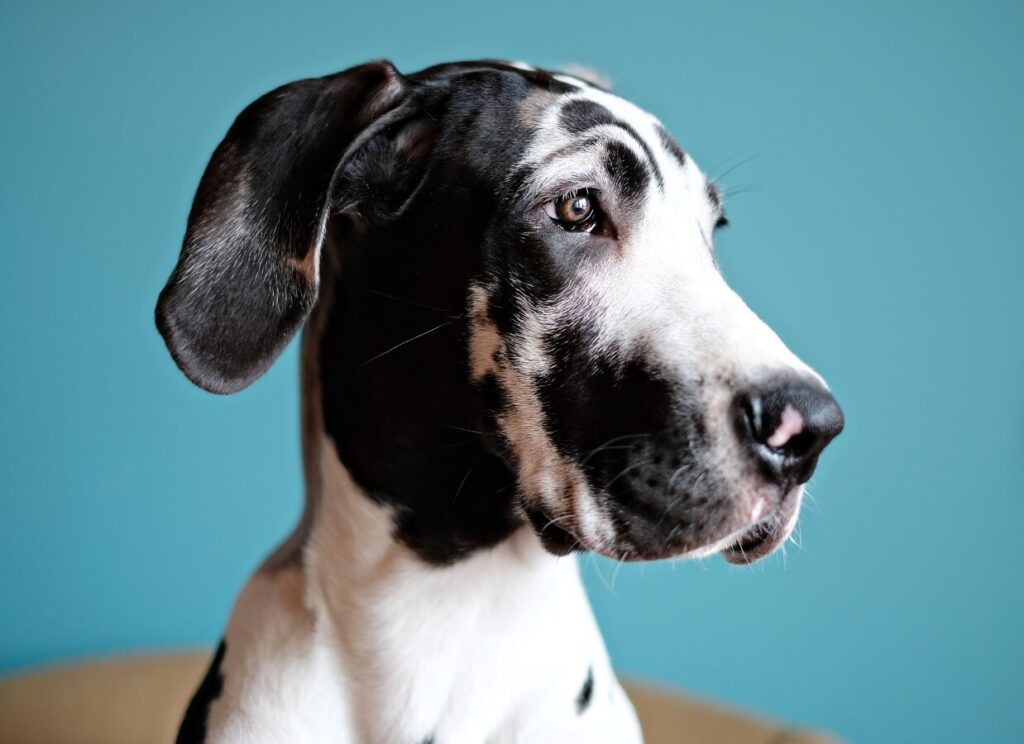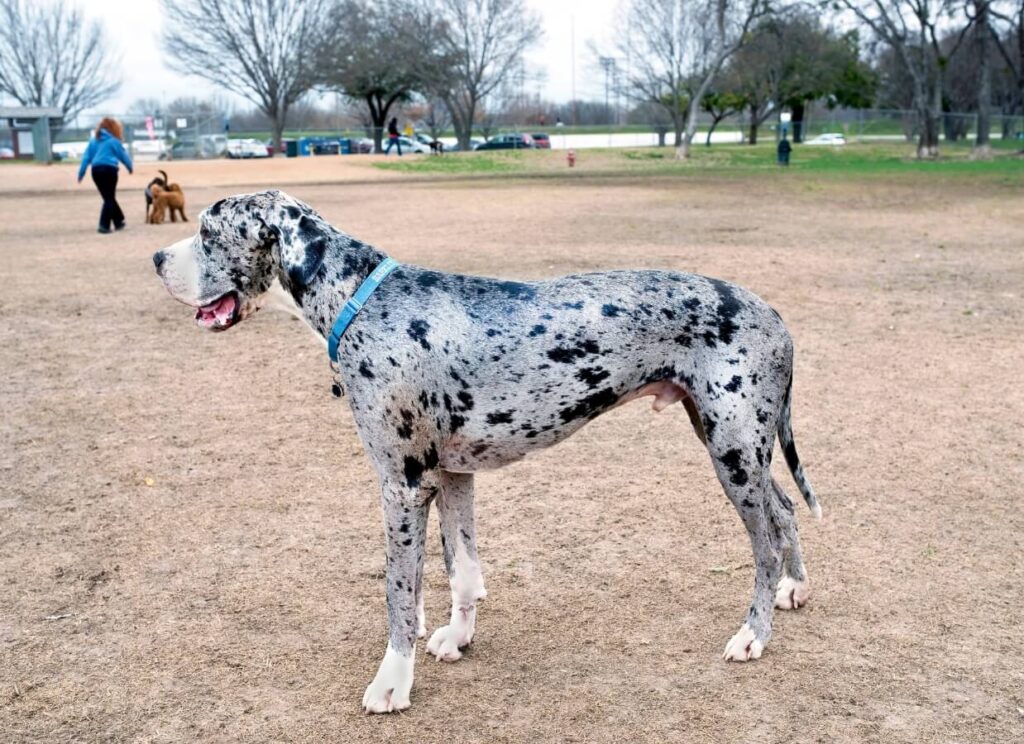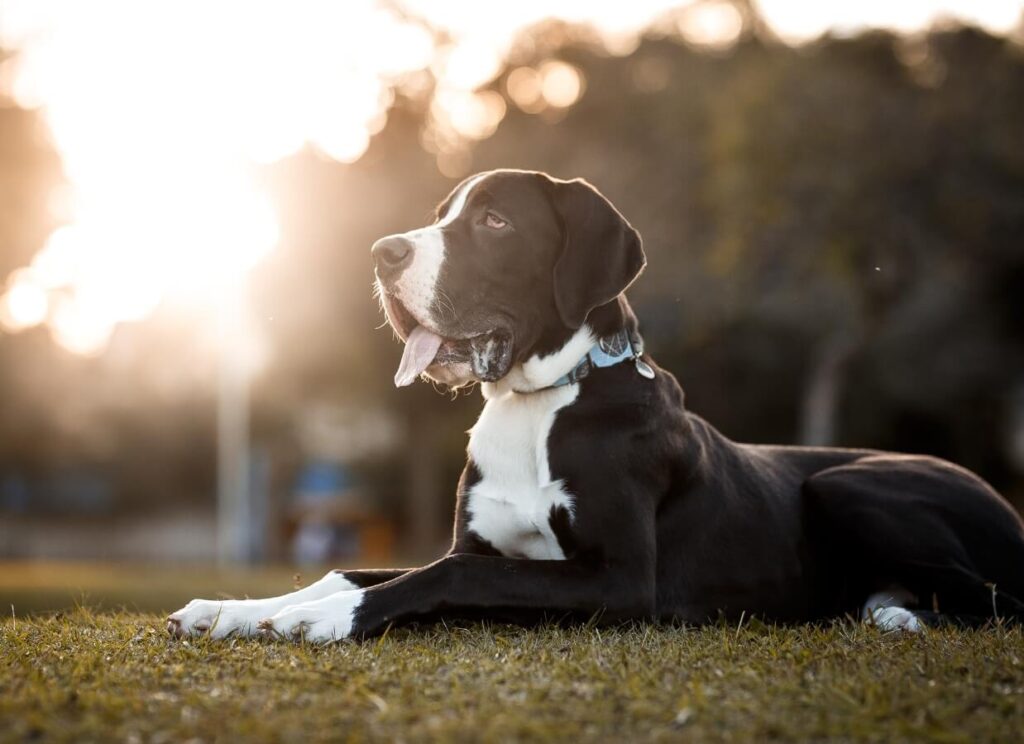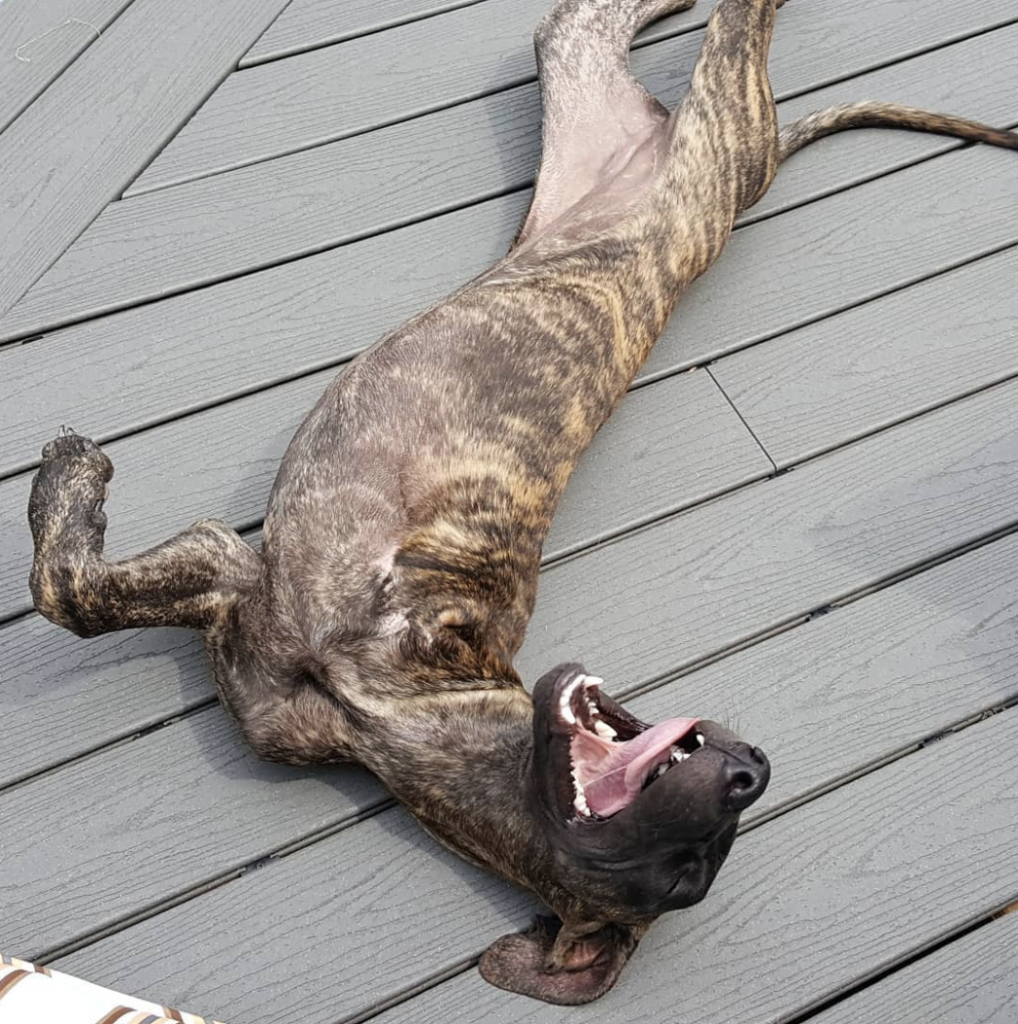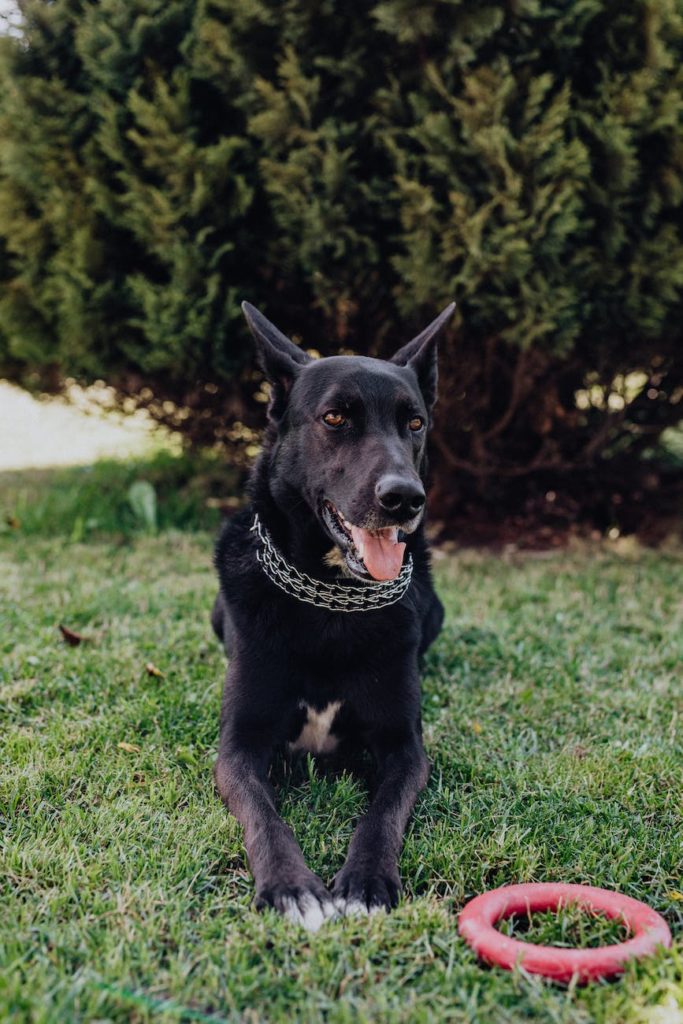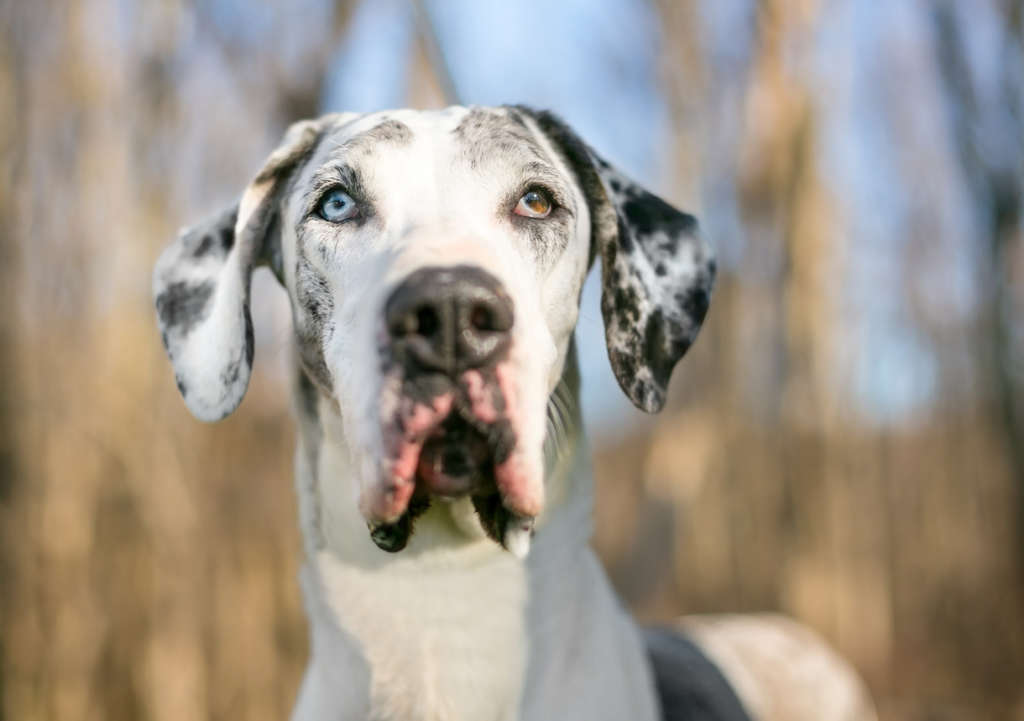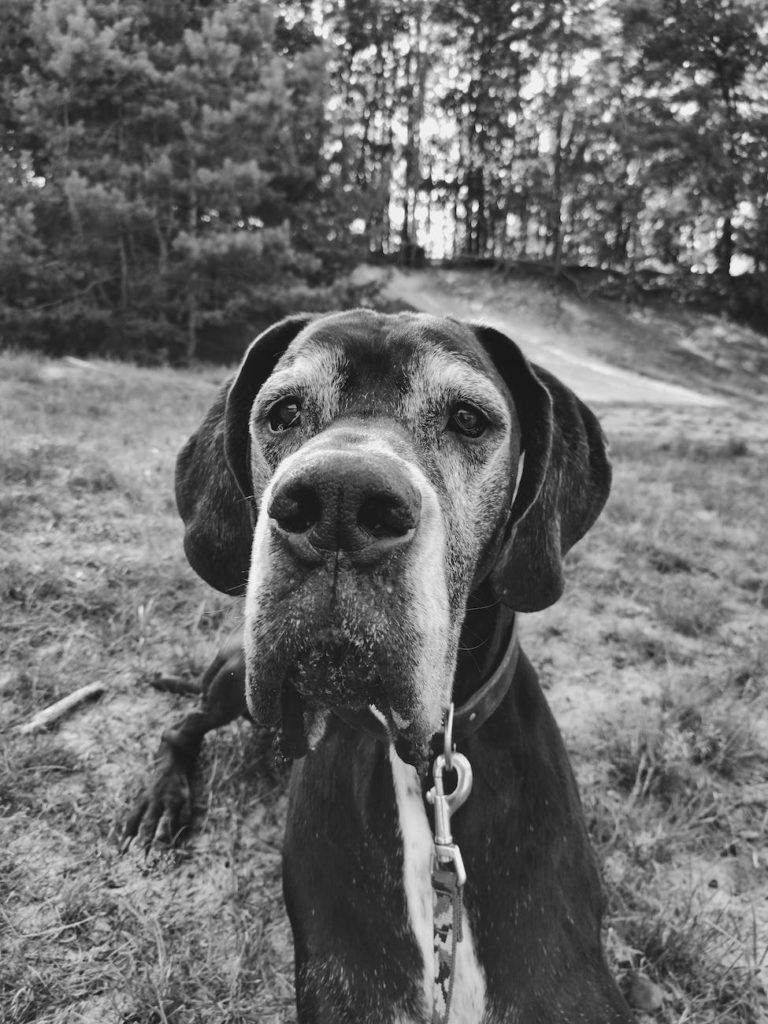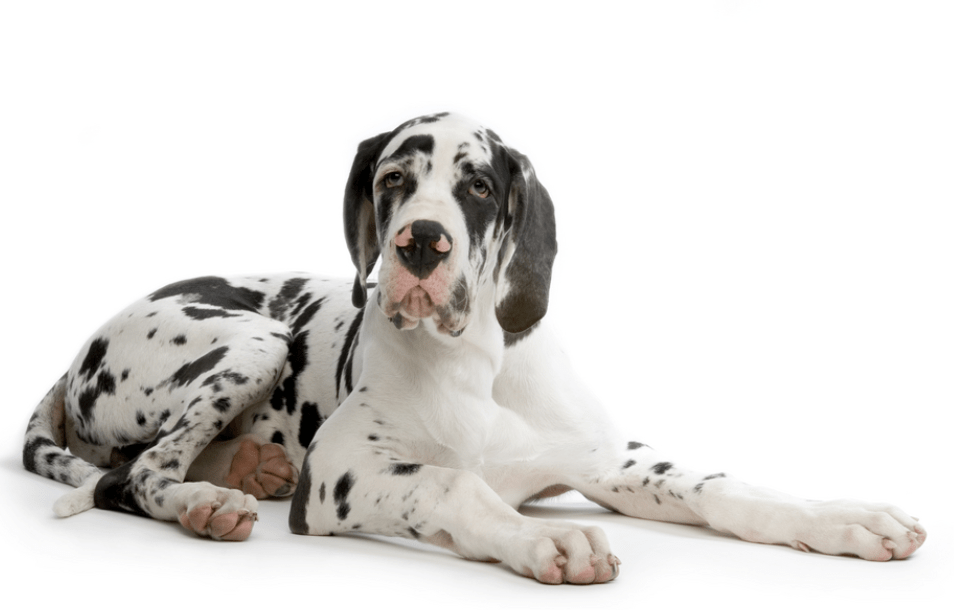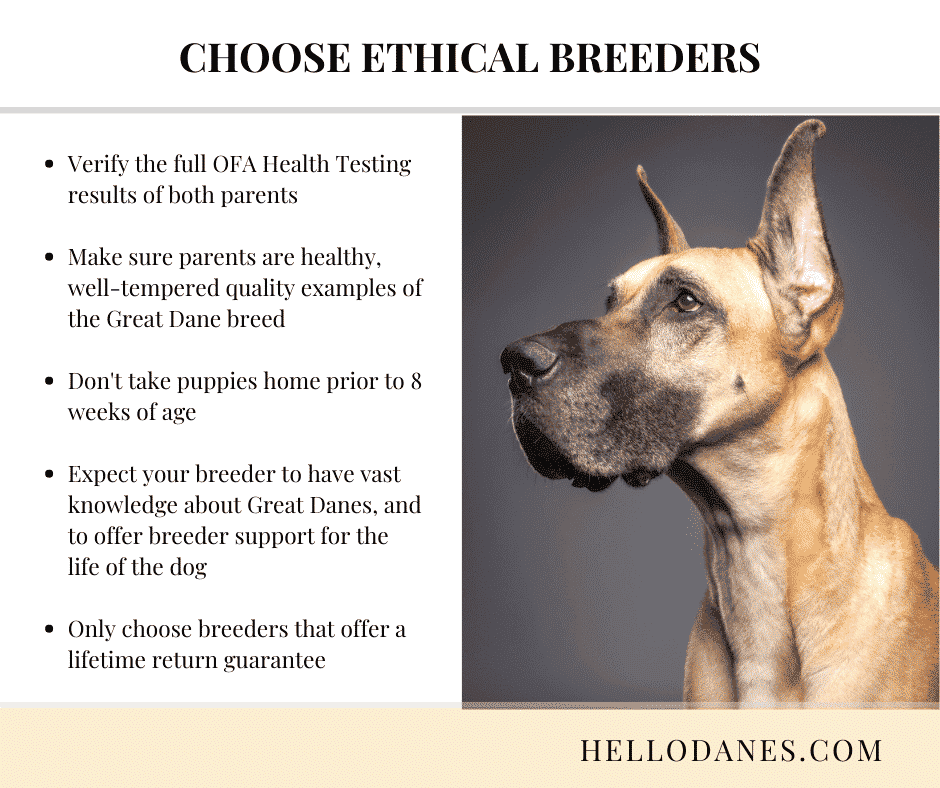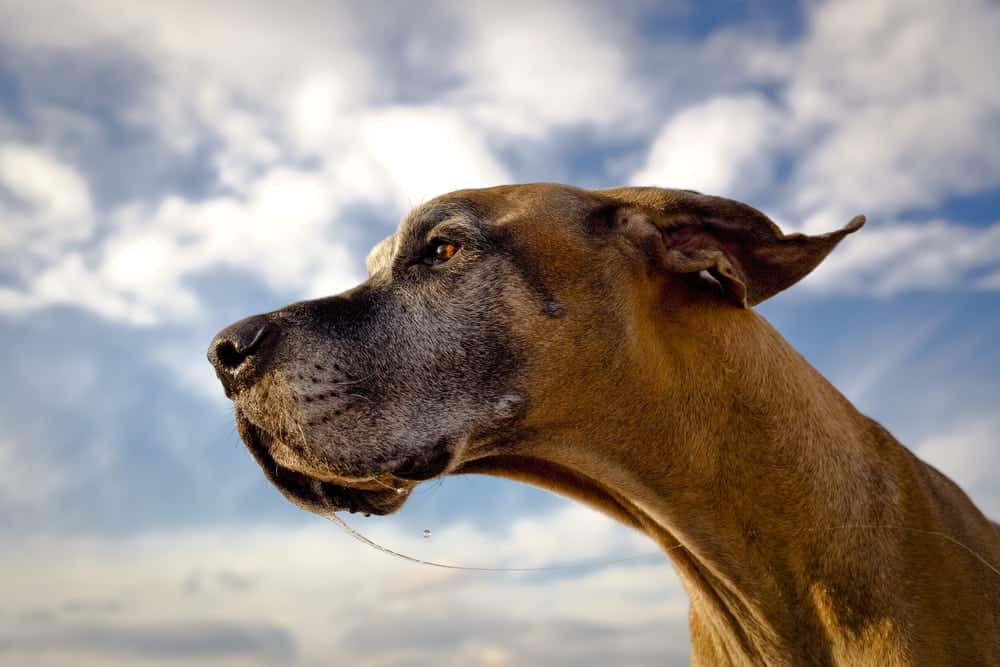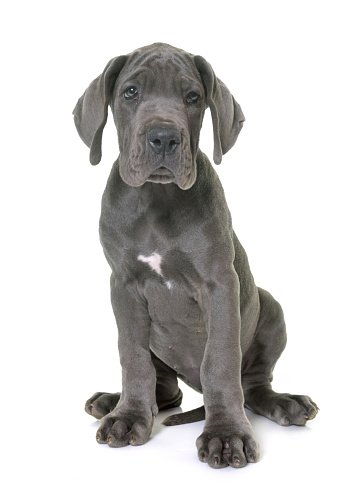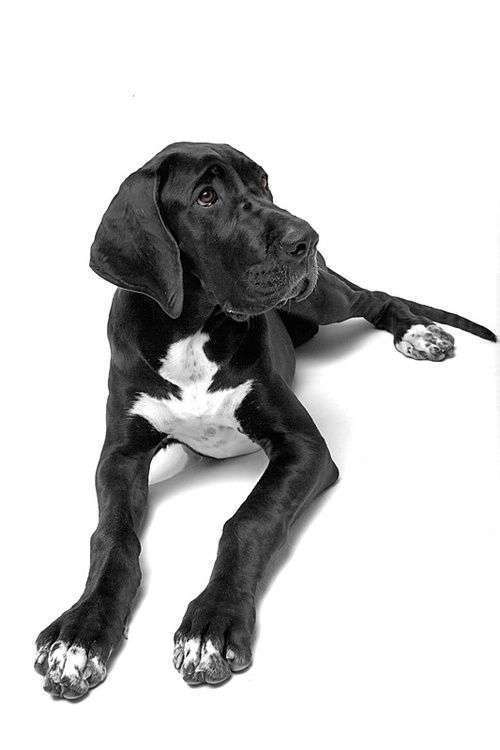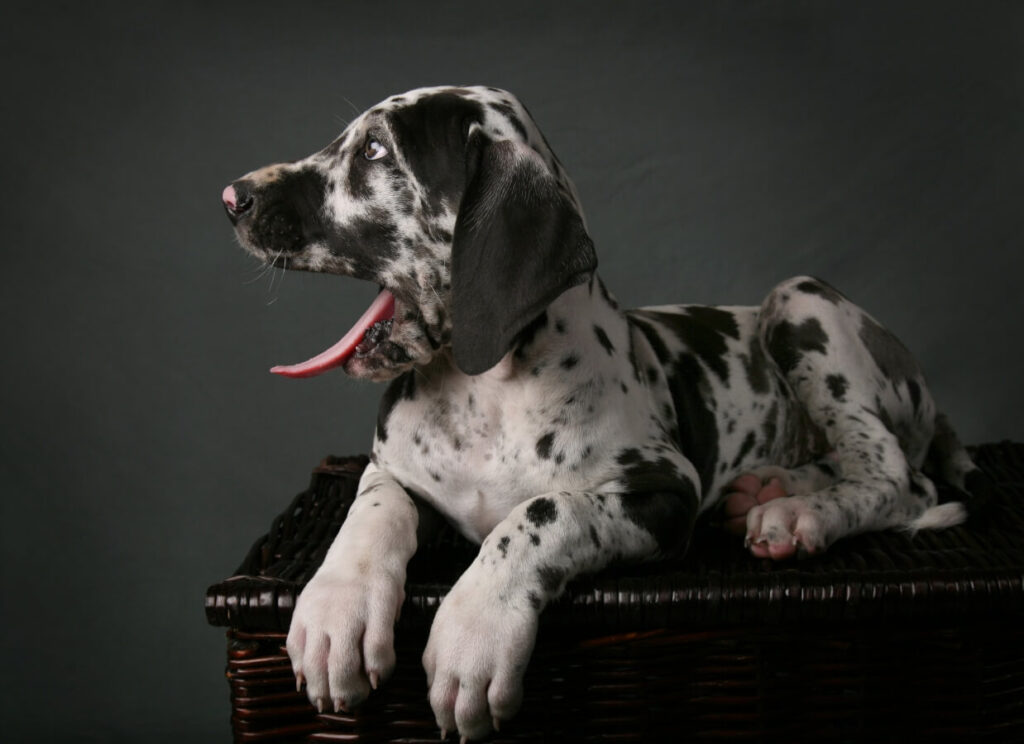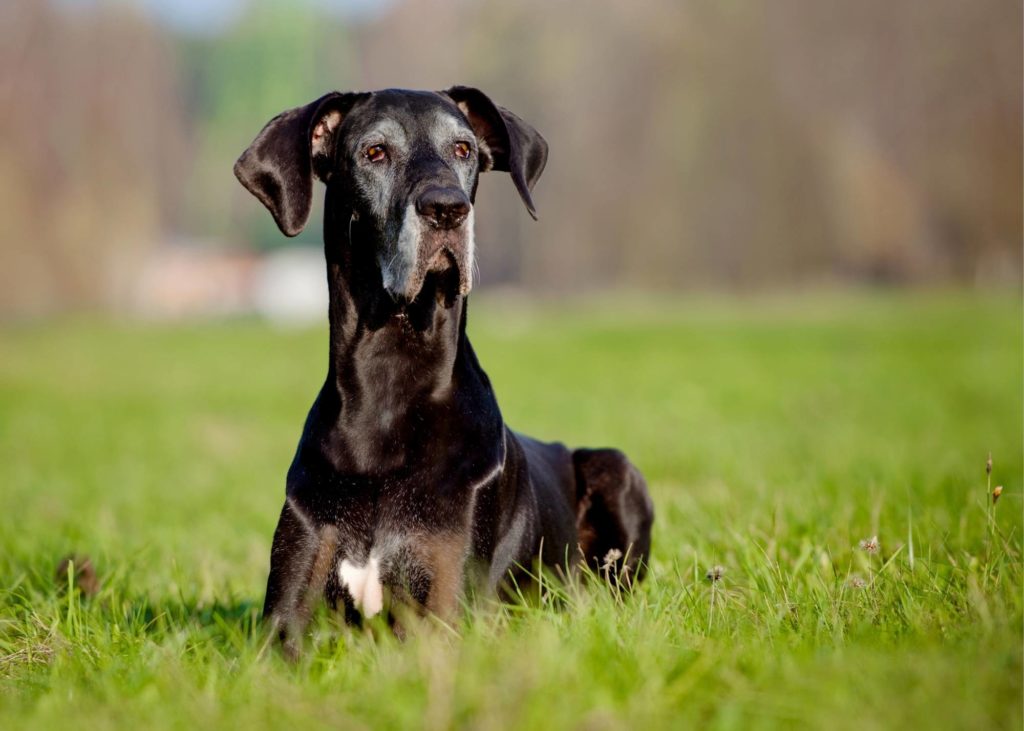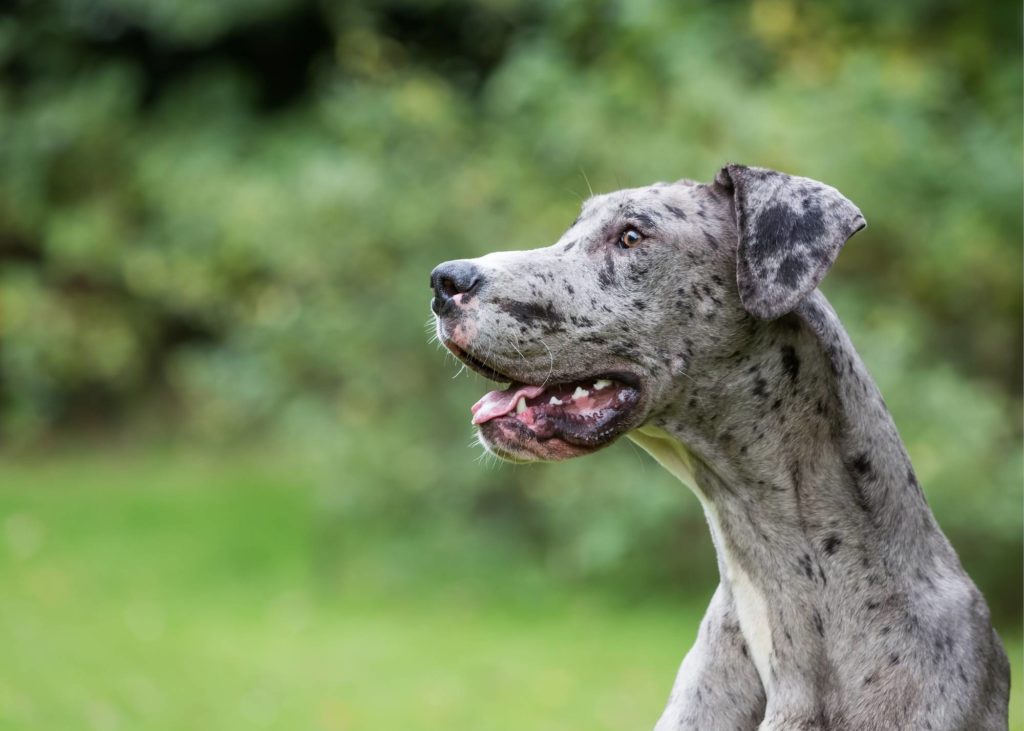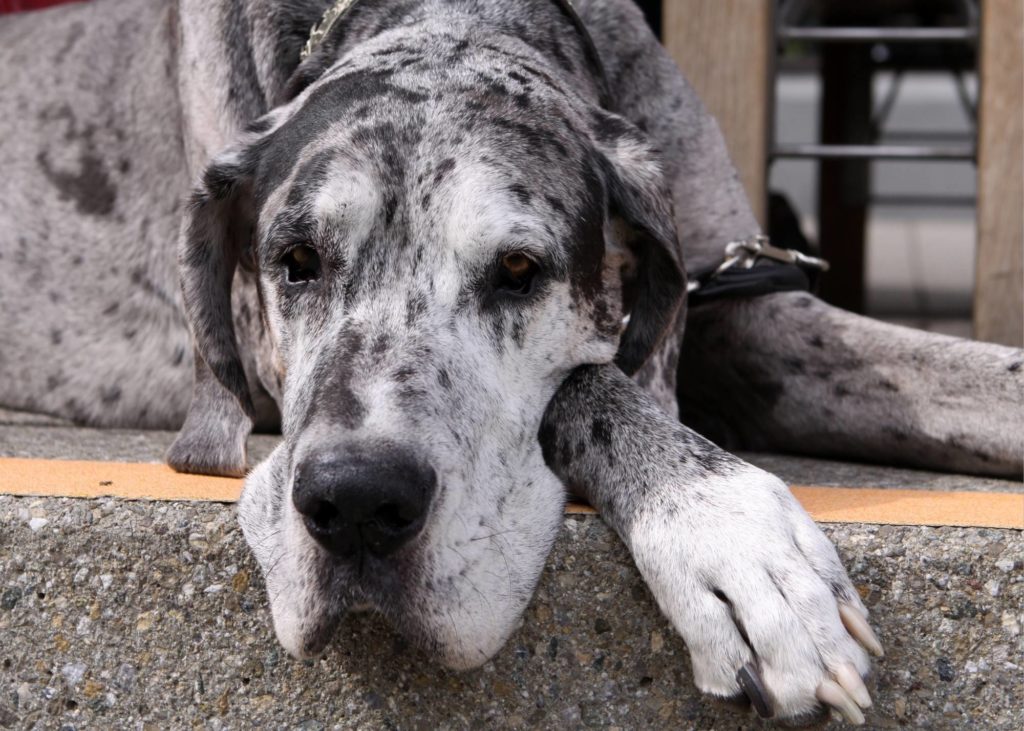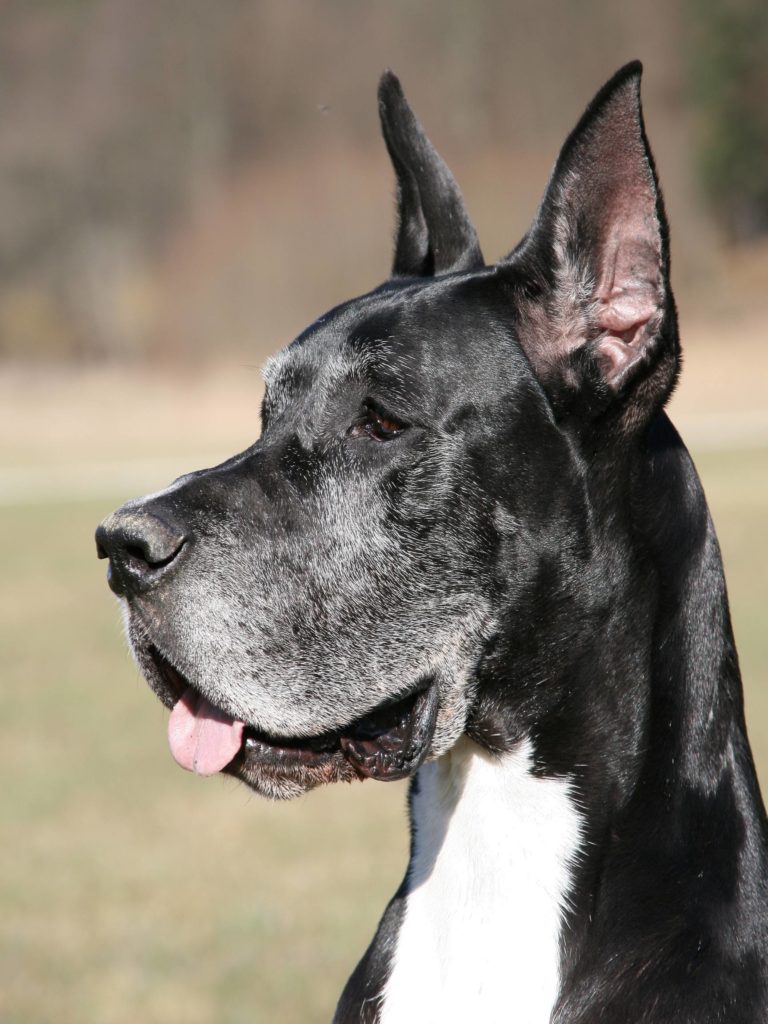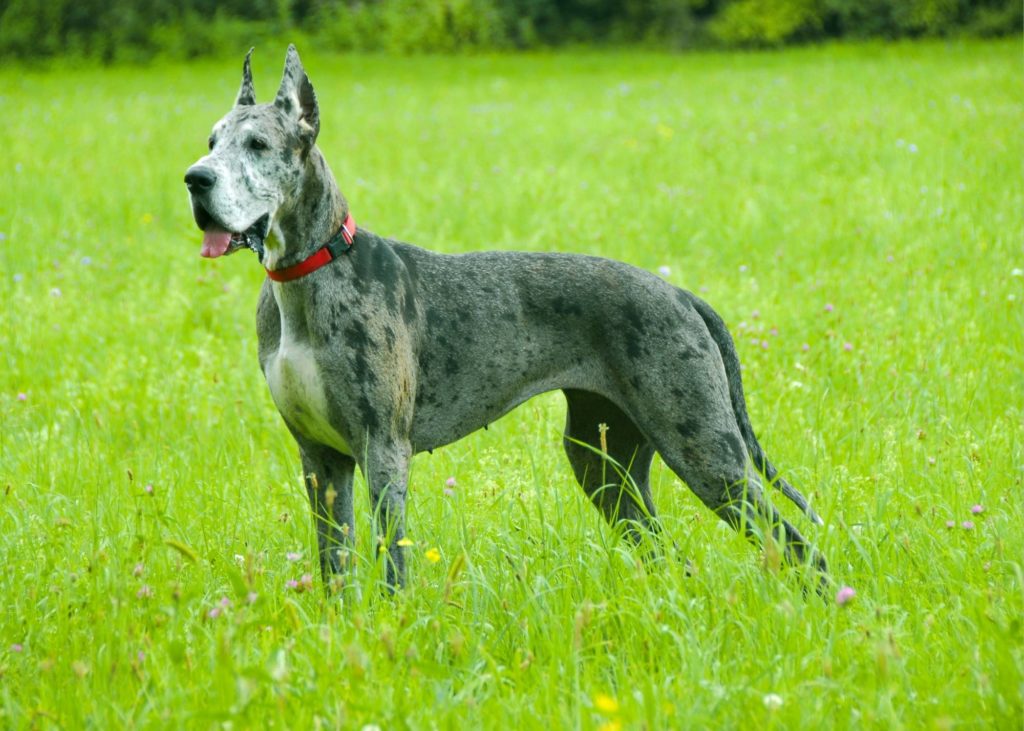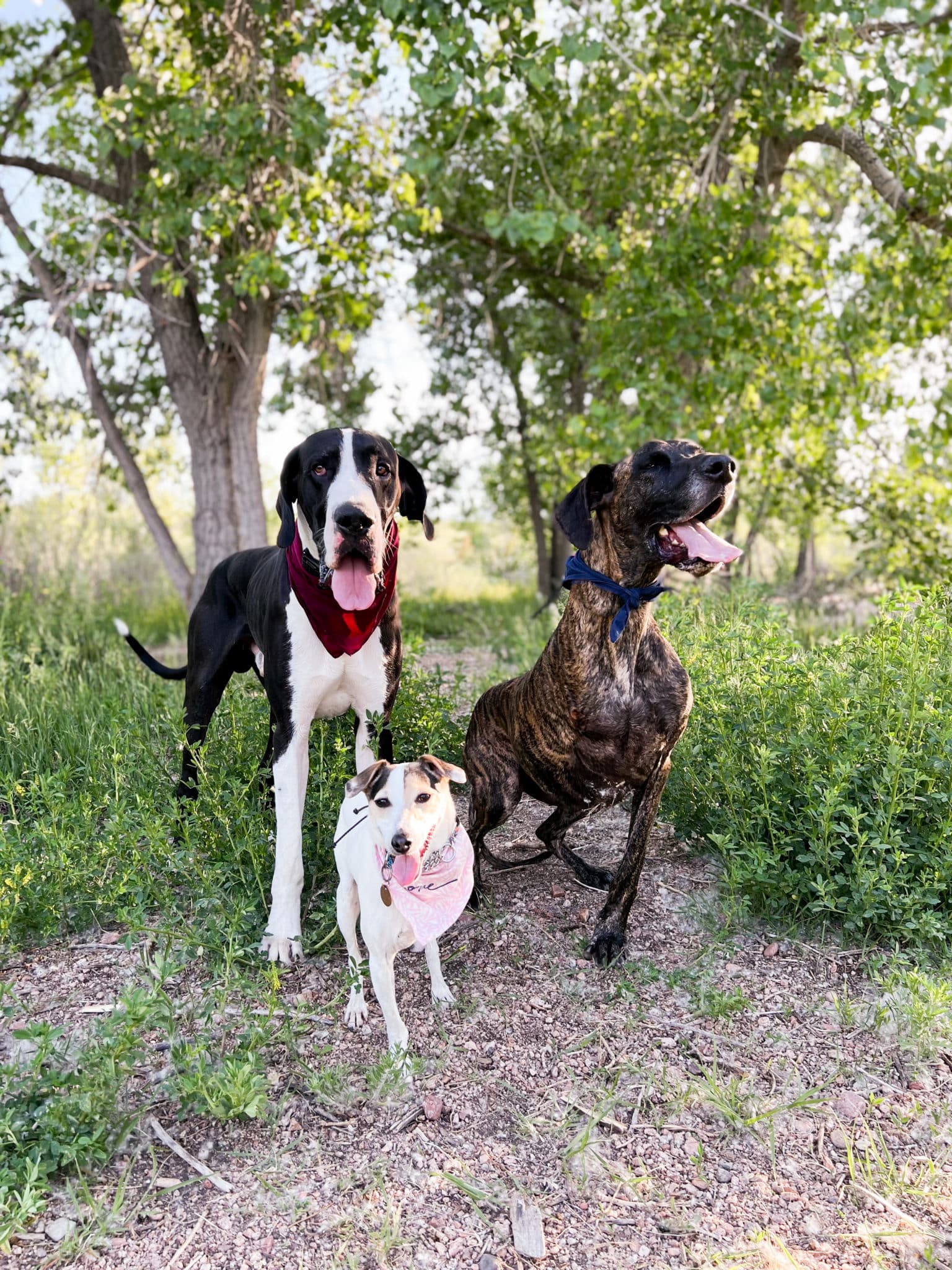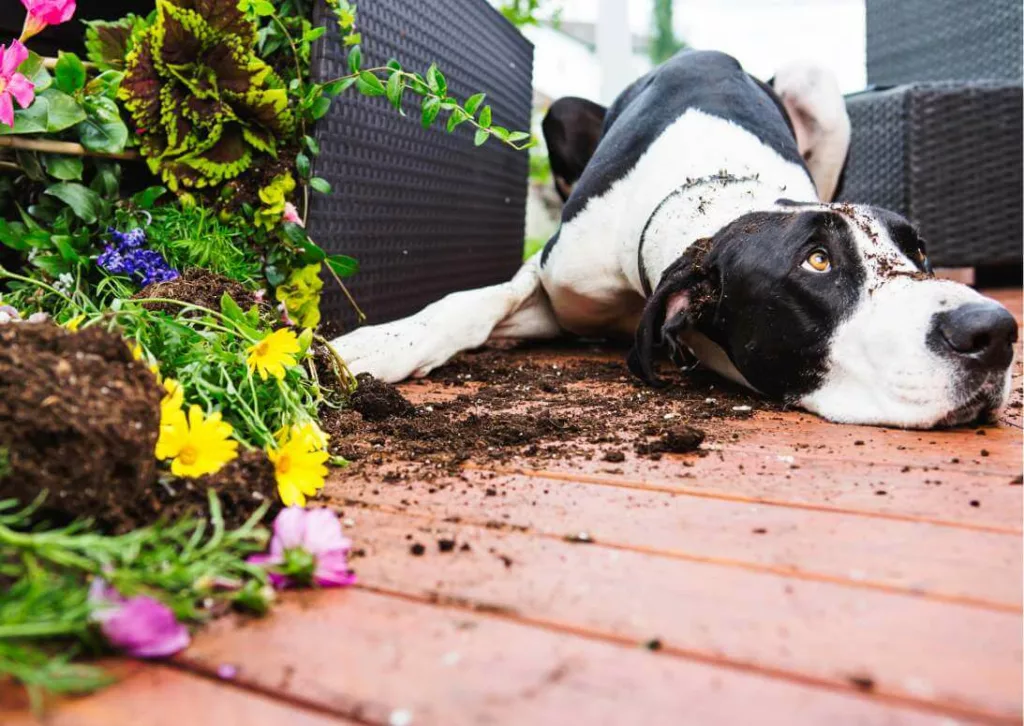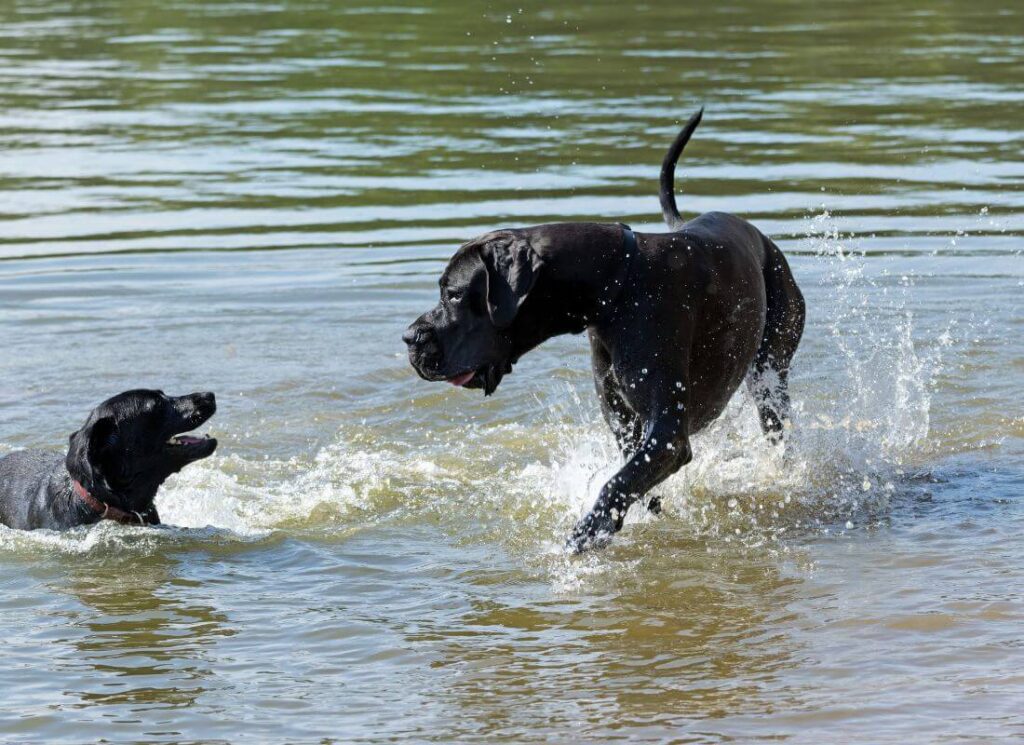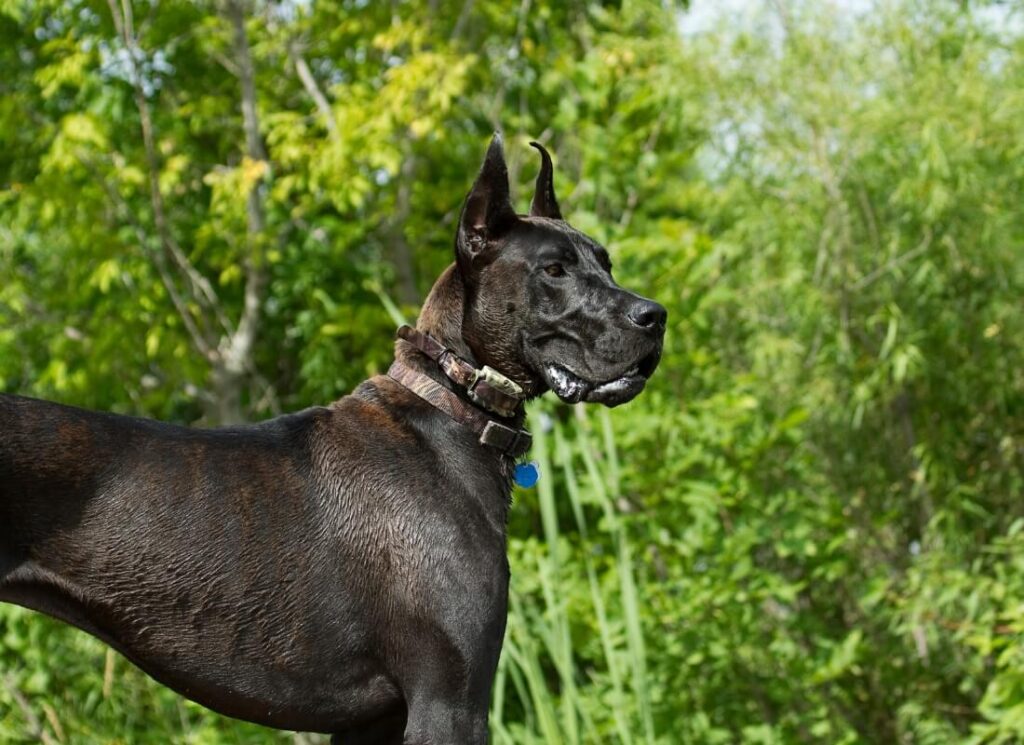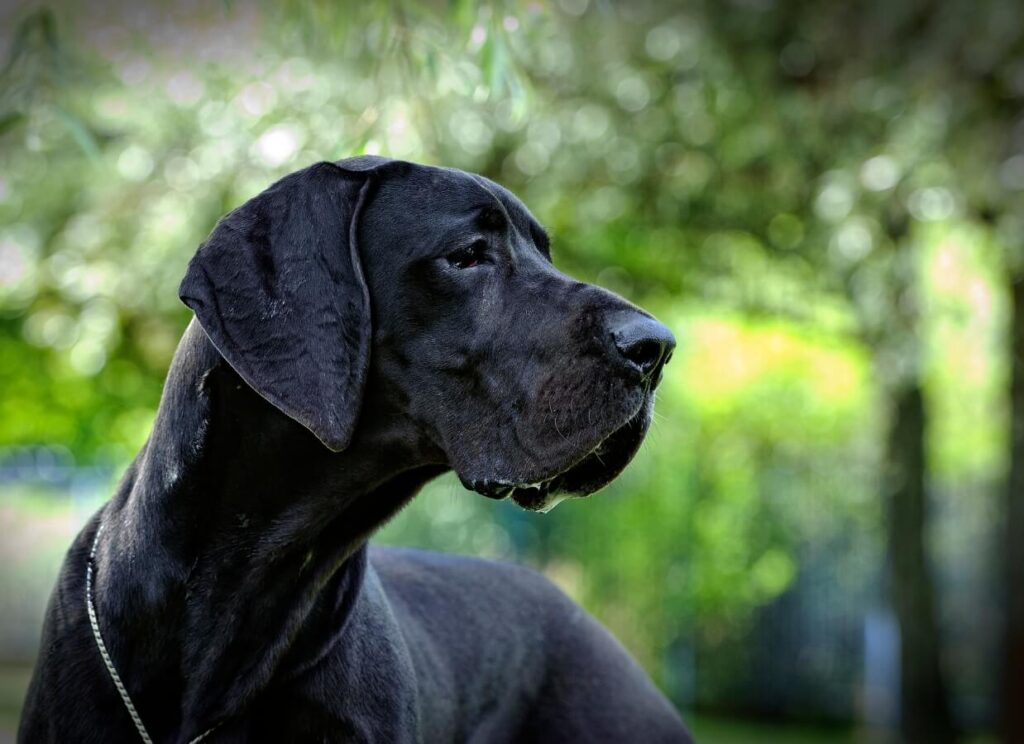Many pet owners share a growing concern about the prevalence of cancer in dogs, with frequent reports of osteosarcoma, hemangiosarcoma, and skin cancer. The question on many minds is: what is causing this surge in canine cancer cases? If there are so many dogs getting cancer, why are veterinarians still prescribing treatments that could cause it? Could it be linked to factors such as vaccines, flea and tick medications, or dietary choices?
The quest for answers intensifies as we strive to understand and, if possible, prevent cancer in our beloved canine companions. If there is a proactive approach to mitigate the risk of cancer in dogs, you’re going to find it in this article.
I’m covering those topics plus:
- Things that are proven to increase cancer risk
- How certain health decisions affect cancer rates
- Whether or not dog food causes cancer
- If flea & tick medications and vaccines cause cancer
- The role of pesticides in cancer rates
This is a big topic and as always, I’m looking at this from a purely scientific perspective.
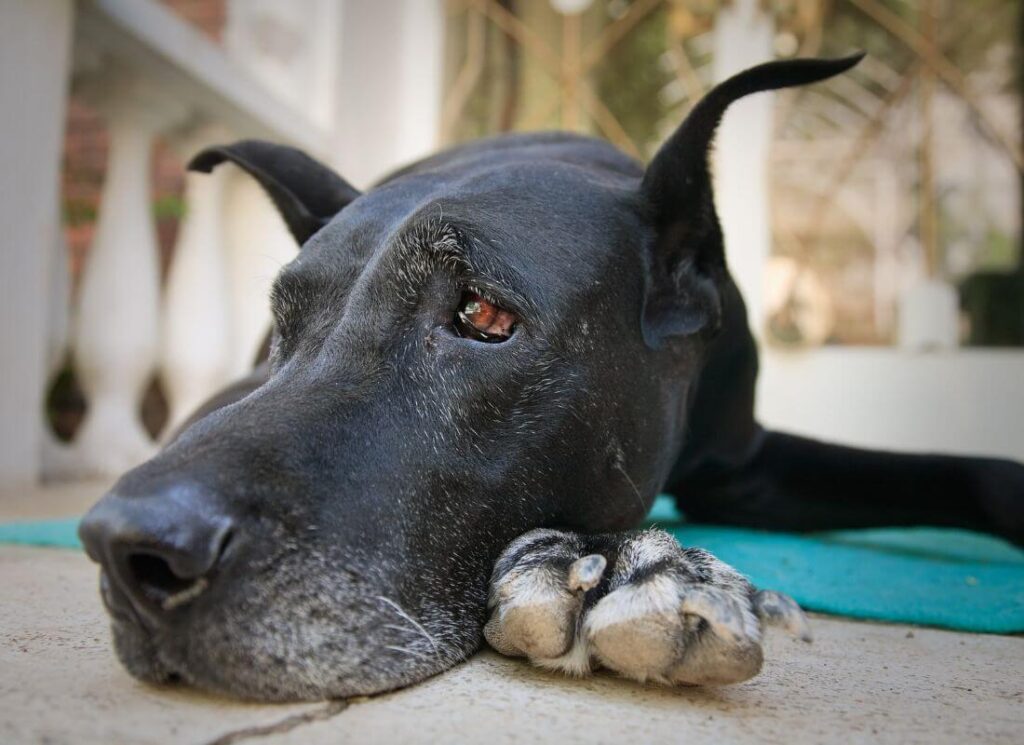
Why are So Many Dogs Getting Cancer?
The truth to this lies in a combination of complex factors including genetics, environment, and sheer bad luck.
One major and often overlooked fact rides above all others:
Dogs lifespans have doubled in the last 40 years, thanks to health sciences, nutrition research, and modern veterinary medicine.
In other words, the most basic and legitimate explanation for the dramatic increase in cancer rates in dogs is this: dogs are now living long enough to get cancer, and better diagnostics mean we are catching it, too.
40 years ago many dogs suffered from nutritional deficiencies, health problems, disease, parasites, or a lack of management (keeping them safely leashed or at home).
The truth is that these dogs were not living longer than their modern-day counterparts. It does not matter how people wish to glamorize the ‘old days’ of dogs running the neighborhood and eating table scraps; those dogs were at a major disadvantage. They lived their lives and in many cases, when they turned up sick or lame they were euthanized.
No diagnosis was made because the concept of treating a pet for cancer was foreign. People didn’t believe in ‘pets as family’ the way they do now, either.

Better Cancer Diagnostics for Pets
Just as the human cancer industry has grown, the pet cancer industry has grown too!
As more and more people are treating their pets like family, more and more people are seeking (and paying big money) for veterinary care to solve their health problems. This means that more types of cancer are understood, including the mechanism behind why they happen and how to treat them.
Millions of dollars have been spend on pet cancer research and as a result, veterinarians now have additional tools and treatments at their fingertips.
Board Certified Veterinary Oncologists spend several additional years in study and residency just so they can be experts on this very topic!
This means that more dogs are being diagnosed and treated, rather than euthanized. We would be remiss to ignore this simple fact when feeling panic and alarm about cancer rates in dogs.
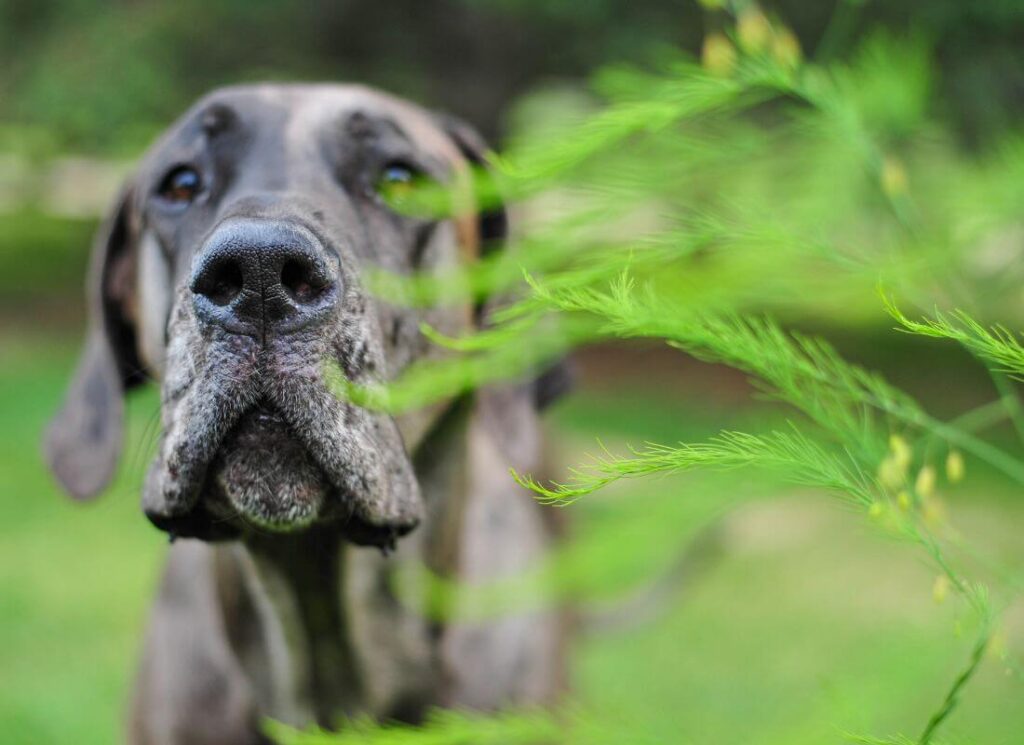
How Genetics Play a Role in Cancer Risk in Dogs
Genetics play a role in cancer risk in dogs, just as they do in humans.
For example, some humans are more prone to getting breast cancer, because of their genetics.
Dogs are no exception. Certain breeds are very prone to specific types of cancer, too. For example, greyhounds are often destined to get osteosarcoma (bone cancer), and Golden Retrievers are highly prone to hemangiosarcoma.
This begs the importance of heavily screening breeders and choosing ones that do not breed dogs in pedigrees that seem especially prone to cancer, structural problems, and common diseases.
Many people believe that this is a purebred problem and not a mixed breed problem, but mutts are also prone to cancer. Mixing breeds doesn’t automatically cancel cancer risk (that’s not how genetics work).
Just last week I found out that my brothers mixed-breed dog has Osteosarcoma. Being a mixed breed does not make a dog immune to this.
However, some studies do show that in general, purebred dogs are 1.9x more likely to get cancer than mixed breed dogs. While the answer to this one can be somewhat complex, it generally lies in faults related to breeding selections. When humans make breeding decisions, natural selection isn’t allowed to do it’s job.
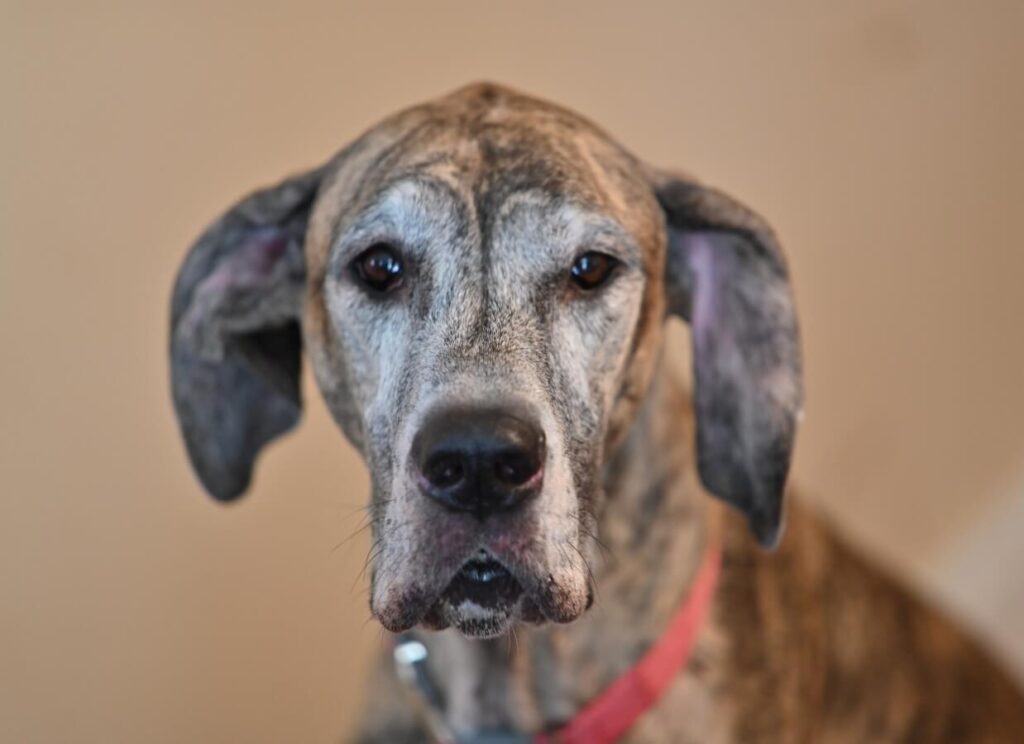
Are Cancer Rates Higher in Purebred Dogs?
Regarding purebred dogs, this is largely a human error problem, because humans are the ones making breeding decisions. In packs of wild dogs, those that are not robust typically don’t live long enough to breed, either. We humans, however, control breeding in purebreds…and that often means people are intentionally pairing dogs together that shouldn’t be bred in the first place.
In the interest of profits, many breeders of purebred and doodle dogs disregard health and structural issues in their breed.
This is a problem that is only minimized when pet owners educate themselves on how to choose only ethical, highly dedicated breeders (or go through a rescue instead).
That is not to say that well-bred dogs don’t get cancer, they do. All dogs are at risk. But we can help minimize this problem by having a better understanding of genetics and holding breeders to a much higher standard as a whole.
Unfortunately for Great Danes, not only does the breed suffer from cancer, but they are most likely to report cancer at a young age. This is a combination of several factors, including the shorter-than-average lifespan seen in giant breed dogs.
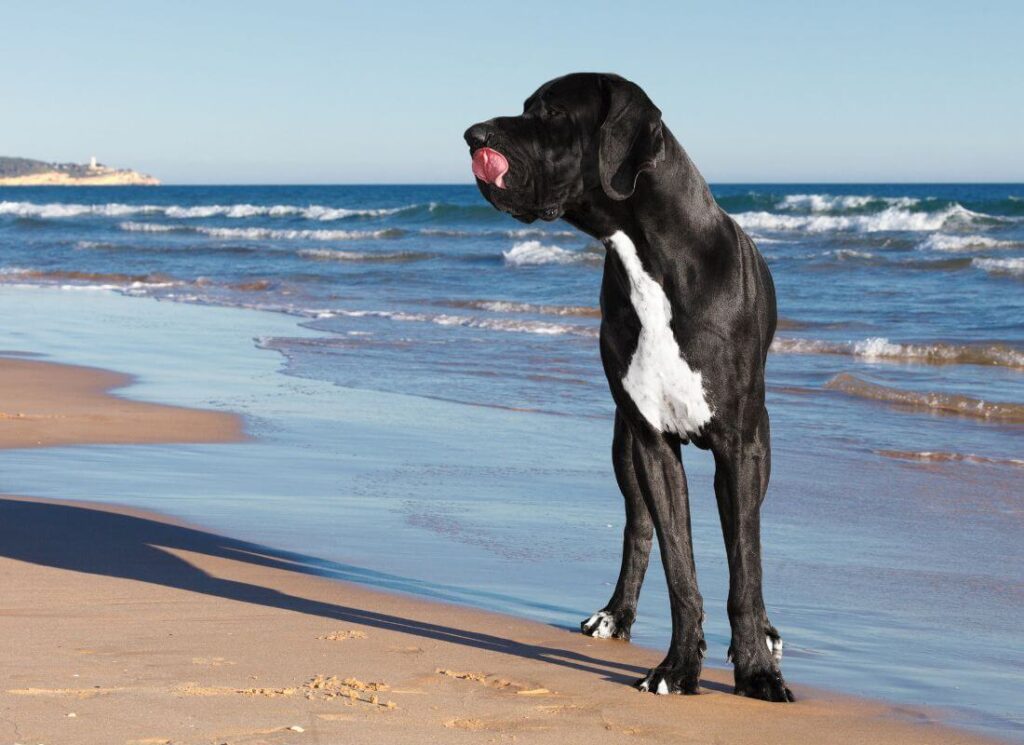
Things that are Shown to Increase Cancer Risk in Dogs
Before we can understand how to prevent cancer in dogs, we have to understand first what things have been shown to increase cancer risk.
I’ll touch more on the nutrition piece below because it’s a complicated one. But here are 5 things that we know (outside of genetics) to increase a dog’s risk of getting cancer:
Early Spay and Neuter
This one is super controversial because there are legitimate reasons to spay and neuter pets at a young age (preventing pregnancy and hormone based aggression being two major factors).
Like all studies, there are notable flaws, however, some research does point to early spay and neutering having a strong correlation to dogs being more likely to get cancers such as mast cell tumors, osteosarcoma, and otherwise.
The discussion about when to spay or neuter your pet (especially when it comes to giant breed dogs) requires critical thinking, risk assessment, and an open dialogue with your veterinarian.
Obesity
Studies regarding obesity and cancer rates in dogs have largely failed to be conclusive, however, it’s well understood that obese dogs may suffer from many secondary health problems which can make successfully treating them for cancer less likely.
Cancer rates are about the same in obese dogs as they are in healthy-weight dogs, however, healthy-weight dogs tend to report cancer later in life (about 2 years on average) and generally have better outcomes in life as a whole.
Pesticide Exposure
Prolonged exposure to certain pesticides has proven to be problematic to humans and pets alike.
A 1991 study found that dogs whose owners used herbicide 2,4-D were up to 200% more likely to develop lymphoma
Human Society
In other words, dousing your lawn with a lot of herbicides and chemical treatments may be harmful to your dog’s health. As a general practice, if you do choose to treat your lawn, keep pets off of it for 48 hours and discourage them from licking their paws after being in the grass.
One place people get hung up here is on the use of flea and tick medications; a key difference here is that lawn chemicals were not formulated to be ingested and veterinary medications were. We cover this more below.
Second-Hand Smoke & Environmental Toxins
There is no way around this one; second hand smoke is toxic to dogs. If you are a smoker, it is important that you refrain from smoking anywhere near your pet, or inside of the home where you live together.
Environmental toxins such as pollution and asbestos can also be damaging to your pet; depending on your location and your habits, it may be best to keep your pup home (vs. coming with you to the construction site, for example).
Sunshine
Dogs are also prone to skin cancer! Light-haired dogs especially should use sunscreen when outdoors often, such as this Handy Hound Snout Screen or Epi-Pet Sunscreen. All dogs can benefit from a UV coat on sunny days, like this one from Amazon.
Avoid sunscreens and products that use zinc oxide, as that is toxic to dogs.

Predatory Influencers & Dog Cancer
The ‘false hope’ spread by profit-driven influencers and dog food companies leads to some of the absolute worst heartbreak. It’s a real social problem in the world of dogs and it’s time we all start talking about it!
Here is how it happens.
Many people with a cancer diagnosis find themselves scouring social media groups and the internet for a ‘magic pill’. They are often led down a path by influencers who want them to believe that this diet, that expensive supplement, their book, or this protocol (which you can buy for just $19.99!) will save their dog’s life.
Some influencers use social groups to tell owners how to “prevent and cure cancer” a holistic way. These groups often disparage veterinarians and may even tell members to avoid recommended treatments instead of untested and unproven “natural” treatments.
Dog owners are torn down and led to believe that the choices they had made regarding food, vaccines, and veterinary care to that point are what caused their dogs to get cancer. Guilt, shame, and fear abound.
Then their heartbreak is solved with promises of health and longevity…at a price, of course.
Testimonials and stories of dogs living 5 years or more are presented to desperate owners who then take the bait. Oftentimes, this bait does little to heal the dog, and may actually be harmful. It’s a brand of false hope that is misleading and predatory.
If you find yourself here and your beloved pet by your side, suffering from cancer, don’t blame yourself. Watch out for the snake oil salesmen, they are out to get you and your dog.
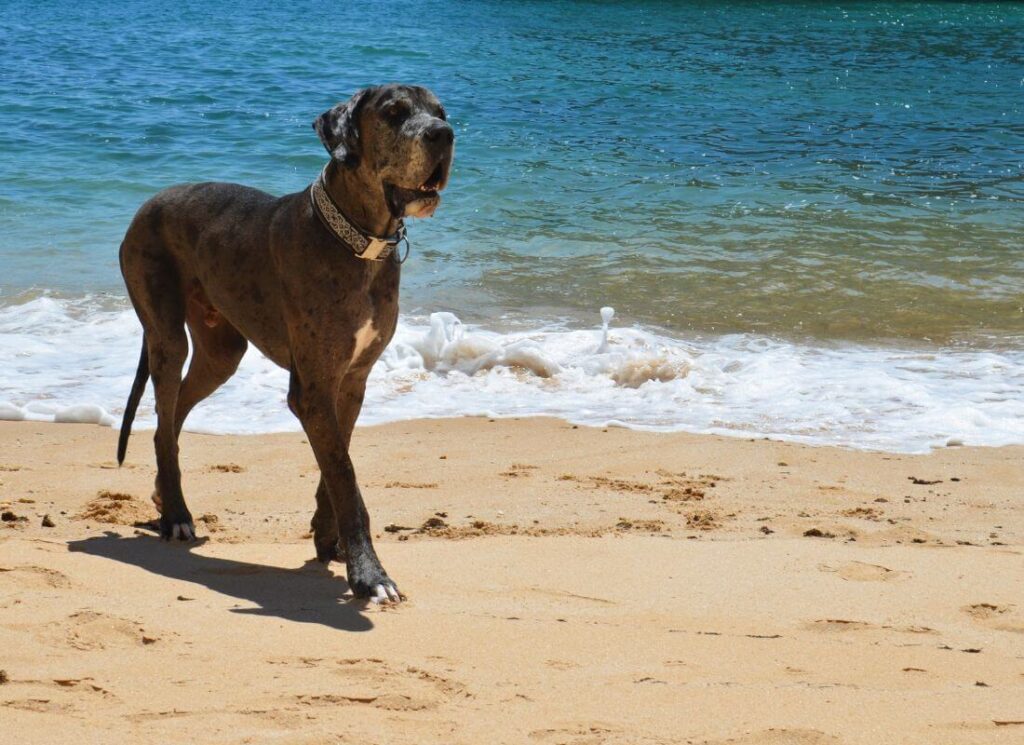
Do Vaccines Cause Cancer in Dogs?
It is often speculated that vaccines and over-vaccination cause cancer in dogs, however, these claims are largely unsubstantiated.
Like all veterinary treatments, there are risks associated both with choosing vaccines and not choosing vaccines.
The risks of declining vaccines are well documented to be higher than the risk of choosing them.
One known type of vaccine-related cancers is related to the injection site. In some very rare cases, especially with the rabies vaccine, sensitive dogs can develop sarcoma at the injection site.
There is not, however, any other published research I can find that shows definitively that vaccines as a whole “cause cancer” (even though many people swear that they do).
All of the anti-vaccine content I’ve seen is from influencers that have made themselves a profitable niche by spreading fear-based messaging with very little if any legitimate research to back up their claims.
Over-vaccination can be problematic for some dogs, however, so keep track of your pet’s medical records and only get the rabies vaccine when it is required by law (every 3 years in adulthood).
This is primarily true for dogs that seem to be predisposed to vaccine reactions where the risk/benefit analysis is different. As with any discussion regarding your dog’s health, a frank discussion with an honest and caring veterinarian is helpful!
Some pet owners choose to look at titers (immunity) via blood draw; while this information is helpful, it is not a replacement for vaccination. Immunity wears off and the titer results may indicate that it’s time to dose up again, so talk to your vet and keep up to date on the latest research.
For more information on vaccinations, read the current WSAVA guide HERE.
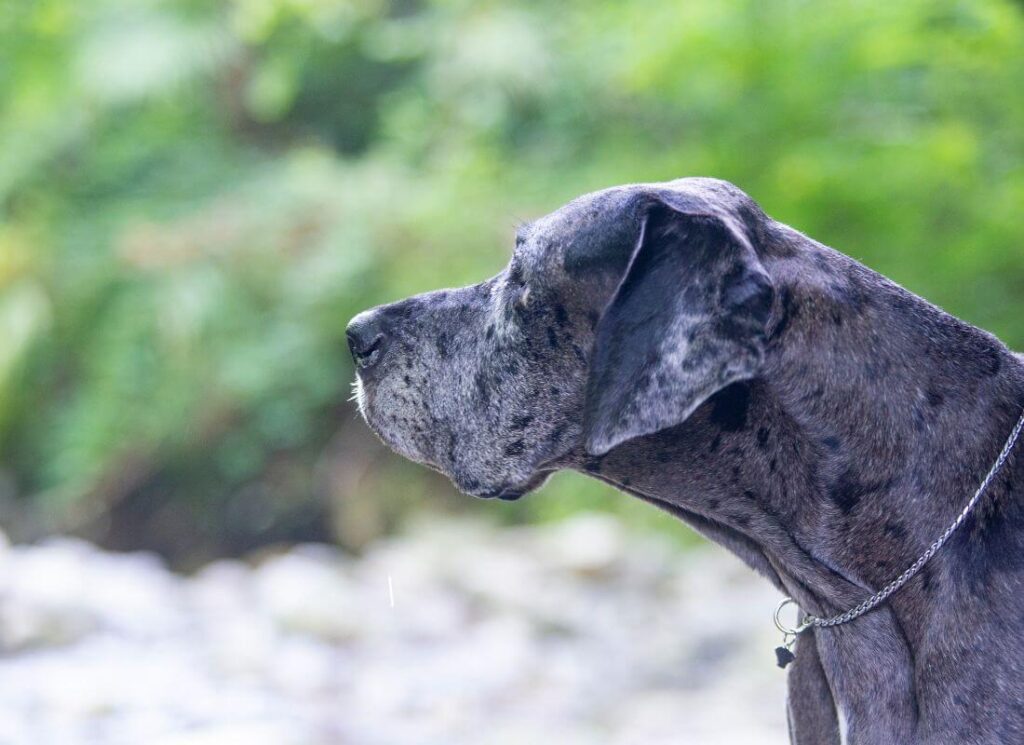
Do Flea & Tick Medications Cause Cancer?
As with many things related to wellness and health, there are plenty of people out there spreading the idea that flea and tick medications cause cancer.
Like vaccines, this is one of those ‘the dose makes the poison‘ type situations where for most dogs, the benefits far outweigh the risks.
While the active ingredients in veterinary flea, tick, and worming medications are meant to kill parasites, the dose given to your pet (which is determined by their weight) is not large enough to affect the solid majority of dogs in any way.
Chewable products were made to be ingested and have been shown to safely bypass crucial internal systems.
Many published peer-reviewed studies have been done on this and the overwhelming conclusion is that modern flea and tick medications are safe and beneficial.
Remember, essential oils can kill bugs too, and can also be toxic to your pet. Being ‘plant-powered’ feels good, but doesn’t mean that it’s safer or more effective.
The same logic that people use to conclude that veterinary medications are damaging (because the active ingredient kills bugs) should be applied to holistic treatments as well, though it often isn’t. All too often we give things a pass because they are ‘natural’.
For the tiny percentage of dogs that have had neurological or allergic reactions to veterinary flea and tick medications, it’s often determined that they had underlying health conditions or were given knockoff versions of the product (which absolutely can be dangerous and toxic). It’s important to keep in mind that ‘natural’ treatments have had documented negative reactions as well.
Until we see conclusive studies that “flea and tick medications cause cancer and essential oils do not“, I’m going to go with the published literature on this one: veterinary prescribed flea and tick medications pose less risk to your dog’s health than ticks, heartworms, and other parasites.
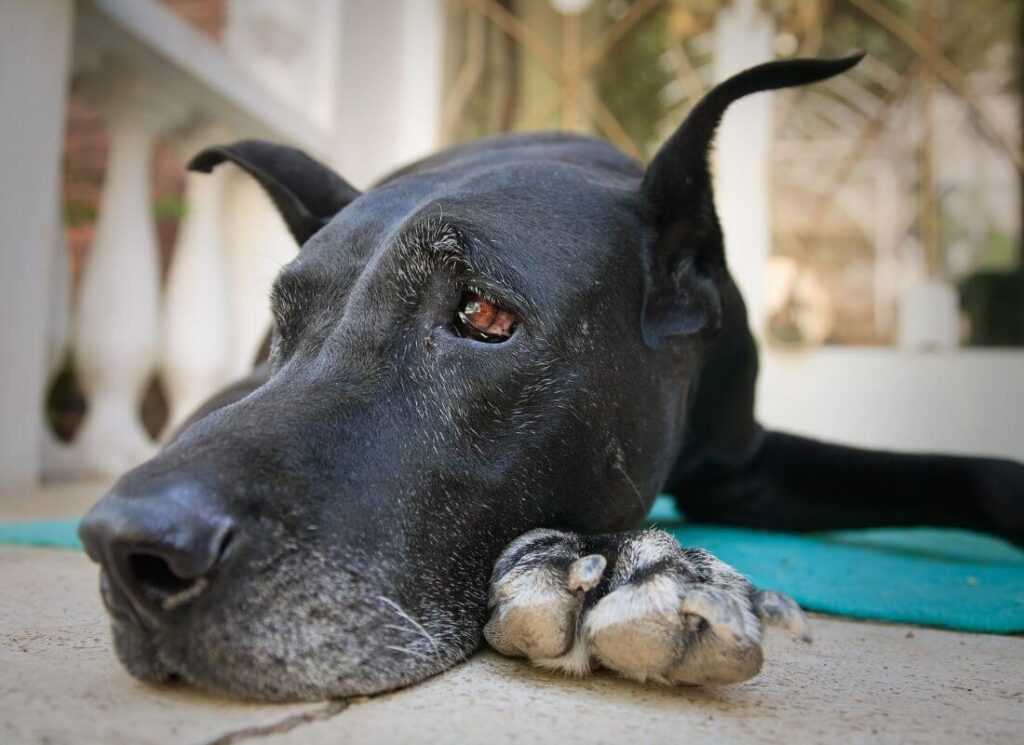
Does Dog Food Cause Cancer?
This is a big one.
A quick google search turns up many blog posts with fearful headlines about kibble, dog food, and processed food causing cancer. A lot of these headlines are written by companies trying to sell ‘fresh’ dog food, of course.
As with many other claims, there is some truth in the small details (for example, char from barbecue is a known carcinogen) but it doesn’t necessarily indicate or even prove a widespread problem.
This is the difference between pseudoscience (which involves a lot of cherry picking and fear) and actual science.
People equate charred BBQ to kibble. Both kibble and BBQ are processed at high heat (hence the assumption), but kibble is not subjected to open flames like BBQ is. The action of fat and juices dripping into the flame and then rising to the meat again is a major contributor to the development of toxic polycyclic aromatic hydrocarbons (PAHs).
This is not to say that heterocyclic aromatic amines (HCAs) and polycyclic aromatic hydrocarbons (PAHs) (the result of charring meat) couldn’t be a problematic side effect of the high-heat kibble extrusion process, however. To be perfectly honest, there are many more questions to ask before we can determine how widespread of a problem this is.
This is especially true if we understand how much science and research goes into making sure that dry kibble diets are safe, healthy, and nutritious for a dog to eat. Many dogs that have been fed fresh and raw for most or all of their lives are also turning up with cancer too, and that alone should encourage all of us to dig deeper.
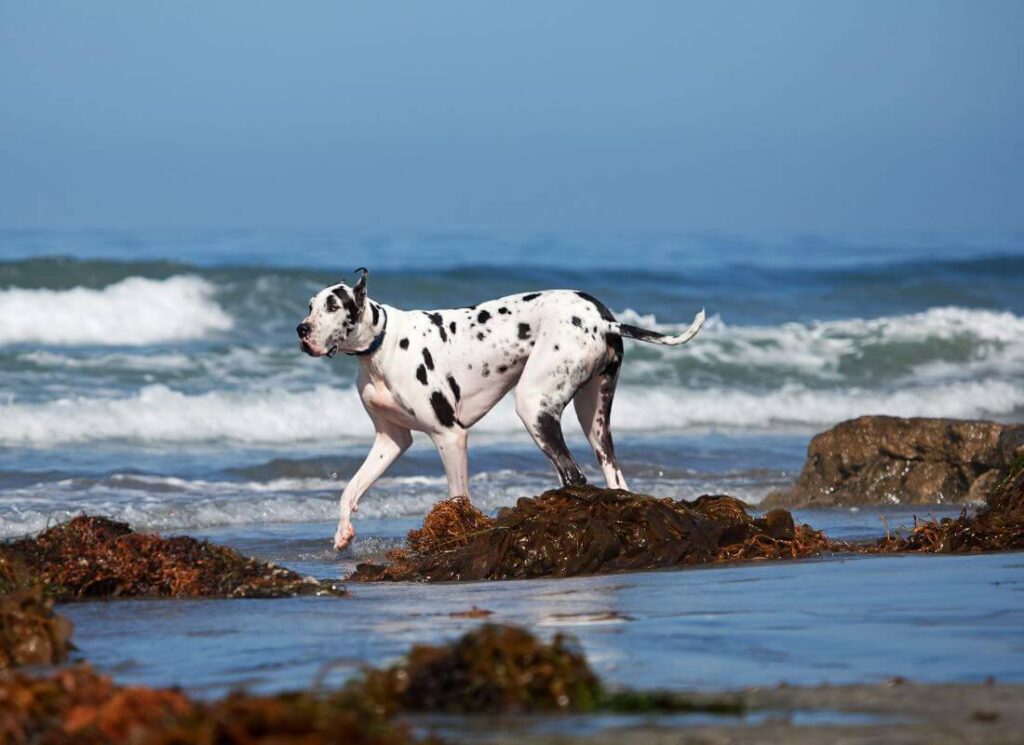
Pet Food Toxicity & Cancer
As a general rule, it’s pretty widely accepted that a poor diet overall can increase the risk of cancer. Making sure our dogs receive balanced nutrition is so important.
A lot of people, after becoming fearful of kibble, will switch to poorly formulated (but well-marketed brands that use a lot of buzz words) or start making their dog’s food. This is a loving and noble thing to do, however, studies show that most home-cooked diets are deficient in (or in excess of) certain nutrients.
As mentioned above, many raw and fresh fed dogs still get cancer and other diseases despite their supposedly “healthy diet”. There is a place for raw and fresh feeding, of course! But is it a cure-all and a catch all? Perhaps not.
Here are some questions we should all be asking of dry food manufacturers:
- Does the manufacturer fully employ at least one person who is highly qualified to formulate dry dog foods?
- Is the dog food manufacturer continually testing their ingredients and finished products for the presence of heterocyclic aromatic amines (HCAs) polycyclic aromatic hydrocarbons (PAHs) and other toxins (including mold and pesticides)?
- Do they study and research how kibble extrusion affects nutrients, and continually innovate to make it safer and better?
- Does the dog food manufacturer perform feeding trials?
- Is the food made by owned facilities, or does the company pay a mass manufacturer to co-pack it alongside many other brands and products?
- Has the manufacturer proven that their food is bioavailable, not just “nutrient dense”?
- Does the dog food company do any research to improve the health of our pets in other ways (such as cancer research, puppy growth, allergies, or otherwise?)
All of this circles back to the importance of choosing foods that have been subjected to science, not marketing.
Perhaps the biggest question of all is this: If kibble is so bad, why are dogs living longer now than every before?
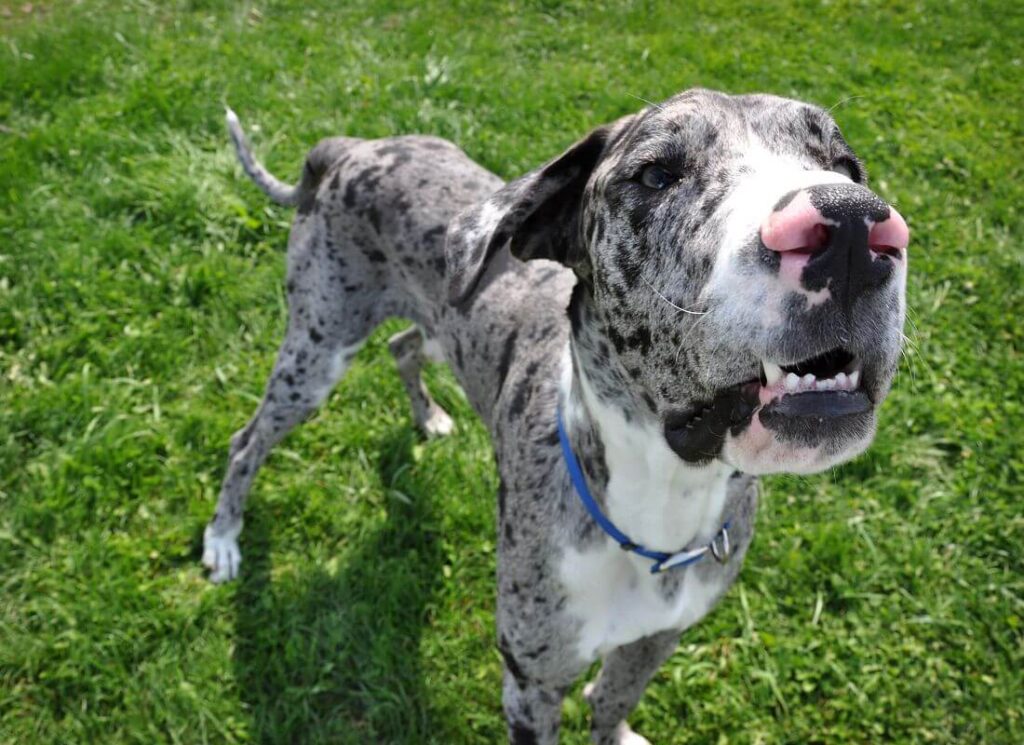
A Potential Link Between Calcium + Osteosarcoma
As mentioned above, early spay or neutering is associated with an increased risk of osteosarcoma. While more research is needed, there may be something at play there (especially when you consider the effect of early spay and neuter on bone development).
This information sent me down a rabbit hole of veterinary studies which brought me to the next point.
There is an increasing body of data that may implicate the role of nutrition in puppyhood and how that might increase or decrease osteosarcoma risk factors. We know that excess calcium intake and fast growth in puppyhood lead to a host of bone growth disorders (including osteochondrosis, for example).
Many researchers have noted that trauma to the bone (earlier in life) often correlates with osteosarcoma later in life. Over-nutrition and excess calcium intake in large and giant breed puppies cause forms of bone trauma that should be looked at with much more focus. Many researchers agree.
“Environmental factors that increase risk for osteosarcoma include rapid growth (therefore “large breed” puppy food has reduced levels of available energy to increase the time needed for these dogs to achieve their full size and mass potential), gender (the risk for males is 20 – 50% greater), and metallic implants to fix fractures.”
American Kennel Club Canine Health Foundation
In the effort to put a stop too fast growth, many breeders and owners of large and giant breed dogs have chosen to feed adult foods. However, these are not balanced correctly to support puppies and often contain calcium levels that are well in excess of published recommendations.
This excessive calcium and lack of correct nutrition leads to brittle bones and incorrect bone modeling. Even if there is no proven or verifiable link between incorrect bone growth and osteosarcoma, these issues are devastating for dogs as it is. It’s so important that puppies are given every chance to grow strong, healthy bones. Hopefully, doing so could also decrease their risk of osteosarcoma.
As a science-focused blogger and advocate for giant breed dogs, I’ve never been MORE convinced that large and giant breed puppies under the age of 2 should only be fed well-researched and properly formulated puppy growth diets. (See our list here).
The Giant Dog Food Project is a great resource for finding appropriately balanced foods that are backed by research and science. At minimum, choosing to stick with science on this one is least likely to do harm of any kind to the bones and joints, and that’s important to keep in mind.
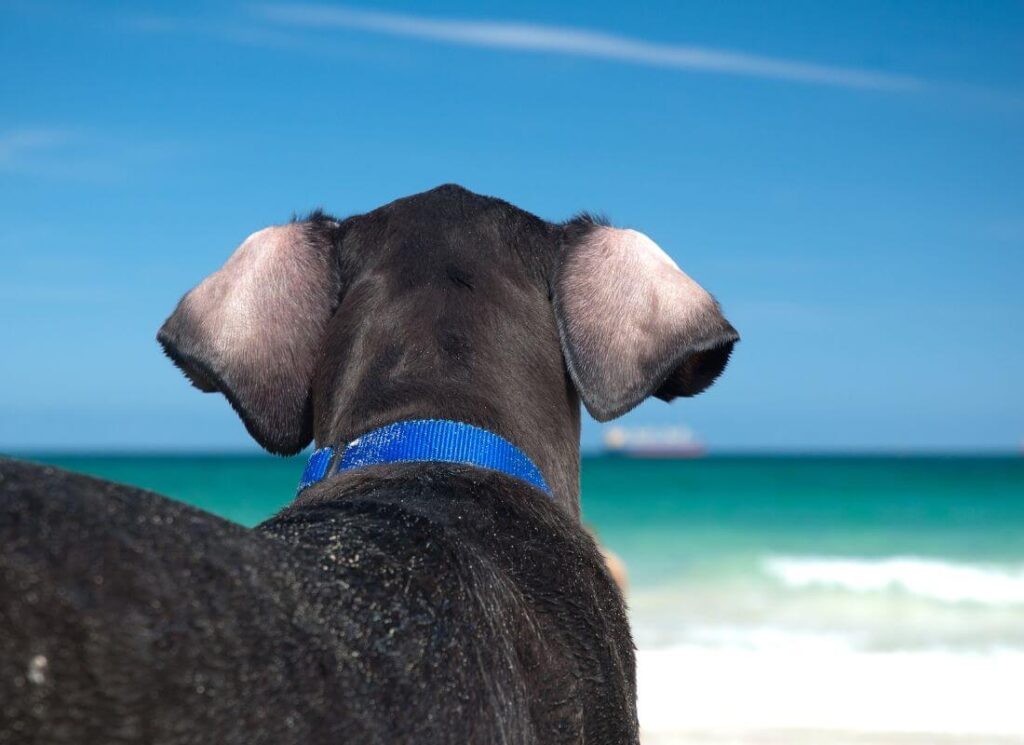
What to Feed a Dog with Cancer
Unfortunately, some dogs are going to get cancer no matter what we do. We can feed a fresh diet or kibble, see the vet or avoid the vet, vaccinate or not, even choose the most incredible breeders, and in some cases, it won’t make a difference.
Once you have your diagnosis, depending on the severity it may be necessary to meet with a veterinary oncologist and discuss treatment options. They see cancer patients, treat them, study them, and know what works.
Their opinion on how to feed your dog with cancer has more merit behind it than anything you might read from a blogger, dog food company, celebrity veterinarian, and yes, even us!
“There is no magic cancer diet. Not only is there no evidence that any specific type of diet is related to the development of cancer in dogs, there is also no clear evidence at this point that any diet can slow the progression or increase the survival of a dog with cancer.”
Cailin Heinze, VMD, DACVN
Many owners switch sick dogs to homemade foods, hoping that the ‘fresh’ nutrients will help them heal. Unfortunately, because many home cooked diets are unbalanced, all this may do is starve their dog of the nutrition they need to thrive and survive.
If you want to cook for your dog (especially one struggling with cancer), speak with a veterinary nutritionist and make sure that you are providing optimal nutrition for healing and wellness.
Alternatively, Hill’s Science Diet has developed a cancer care diet that encourages enthusiastic eating, muscle development, and healthy digestion.
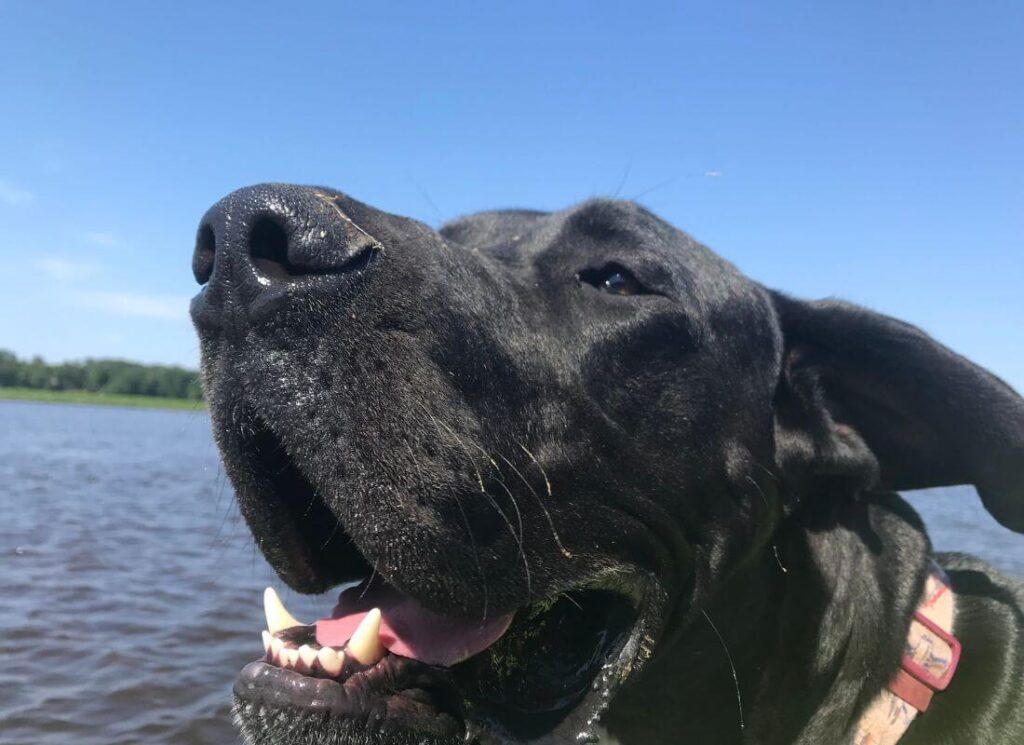
Is a Low-Carb Diet Best for Dogs with Cancer?
Many people theorize that carbohydrates cause inflammation (and thus, cancer) and should be reduced in dogs that have cancer.
This often results in people choosing grain-free foods for their pets, not realizing that the ingredients used to replace grains are also high in starch and carbohydrates. Grain-free does not mean carb-free, in other words!
Other people will choose KETO-type dog foods which typically (if not always) have no qualified nutritionists behind their formulation and were created to tap into a human diet trend. KETO is not an appropriate diet for most humans, let alone a dog with cancer.
Many veterinarians will tell you (especially your cancer docs, the board certified veterinary oncologists and nutritionists) that what a cancer dog needs is proven, balanced nutrition. Not gimmicks, diet trends, or false hope driven by misleading marketing tactics.
When a dog gets cancer, the safest and healthiest choice is going to be to choose a diet that has been proven time and time again. Look for feeding trials, qualified nutritionists, and exceptional quality control; not catchy marketing phrases.
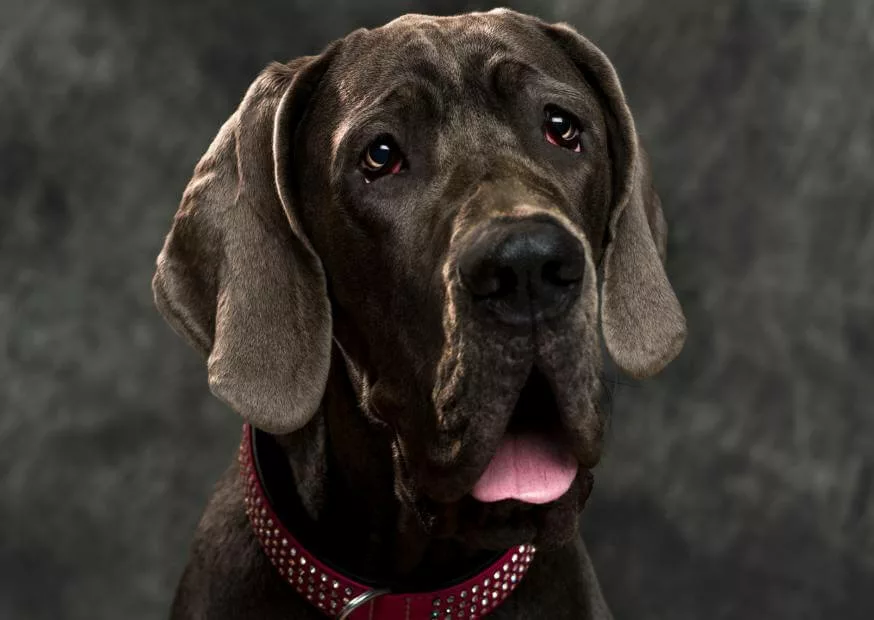
Do Vegetables Prevent Cancer?
Influencers have repeatedly put out into the world that feeding a dog vegetables could prevent or even cure cancer.
This concept was based on a small owner-survey study where Scottish Terriers were less likely to get a specific type of bladder cancer if they were supposedly fed vegetables.
Owner surveys are subject to a lot of variables and these results are only a starting point, not a formal scientific conclusion.
Regardless, people ran with the idea and concluded that the results were fact across all facets of cancer and nutrition for dogs, even going on to say that it further proves that kibble is “causing cancer”.
This belief has people feeding their dogs expensive supplements and choosing dog foods with vegetables in them (which, in a dry food, will be nothing more than fairy dust). This is just another example of predatory pseudoscience profiting from fear.
All of this to say, none of this means that the study is debunked or incorrect either. As a matter of fact, a fair amount of research has shown potential benefits of feeding fresh foods, including a possible reduction in bloat risk for Great Danes.
There is absolutely some merit to adding fresh foods to your dogs bowl.
Keep unbalanced fresh foods to 10% or less of the diet, and tread cautiously when offering too many extras to giant breed dogs under the age of 2 (as it may affect bone growth).
Here are some ideas:
- Frozen veggies (you can buy large bags at Costco or Sam’s
- Dr. Harvey’s veggie mix (not for puppies, contains eggshell calcium)
- Egg
- Pasta, oatmeal, or rice
- Meat scraps (go easy on the fat, please)
- Large raw meaty bones (supervised, in moderation) to scrape teeth on
- Bone broth
- Apples or blueberries
- Coat whole carrots in canned food and freeze them! Dogs love this treat, especially in the summer.
For digestibility and bioavailability of nutrients, fresh vegetables are generally best served cut into tiny pieces or pureed (with the exception of the fun carrot chew mentioned above).
As always, talk to your veterinarian and make sure you are not replacing too much actual balanced nutrition with foods like this. If your dog is too full to eat their regular food, they can be missing. important nutrients and that is going to mitigate any potential benefits.
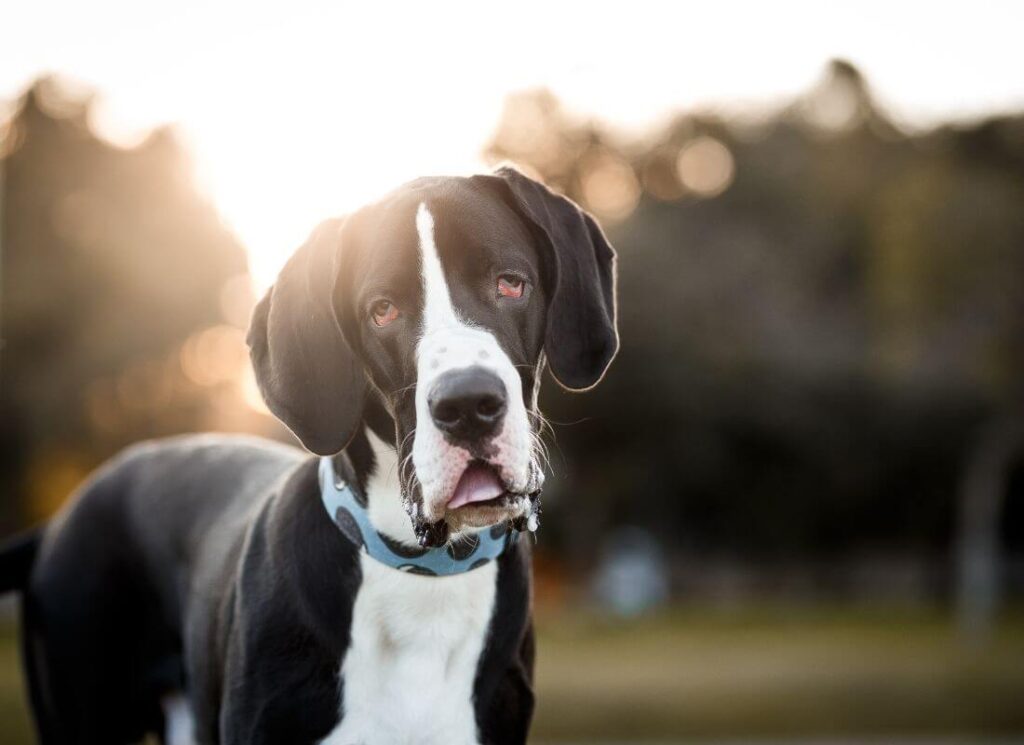
How to Prevent Cancer in Dogs
The unfortunate and heartbreaking truth here is that cancer sucks and it’s not necessarily preventable.
Like any health condition, there are many factors that play into overall risk.
Here is our list of the best ways to minimize the risk of cancer in your dog:
- Trust your veterinarian, ask questions, keep an open dialogue and allow their experience and expertise to guide you
- Choose a highly-researched and well-formulated proven diet and provide supplemental fresh foods
- Reduce exposure to environmental toxins such as lawn chemicals and smoke
- Protect your dog from excessive sun exposure
- See your vet anytime you are concerned about a lump, bump, or growth
- Support ethical breeding practices
Above all, the most important thing we can do for our pets is to love them. Their time with us is short, make it the best years possible!

